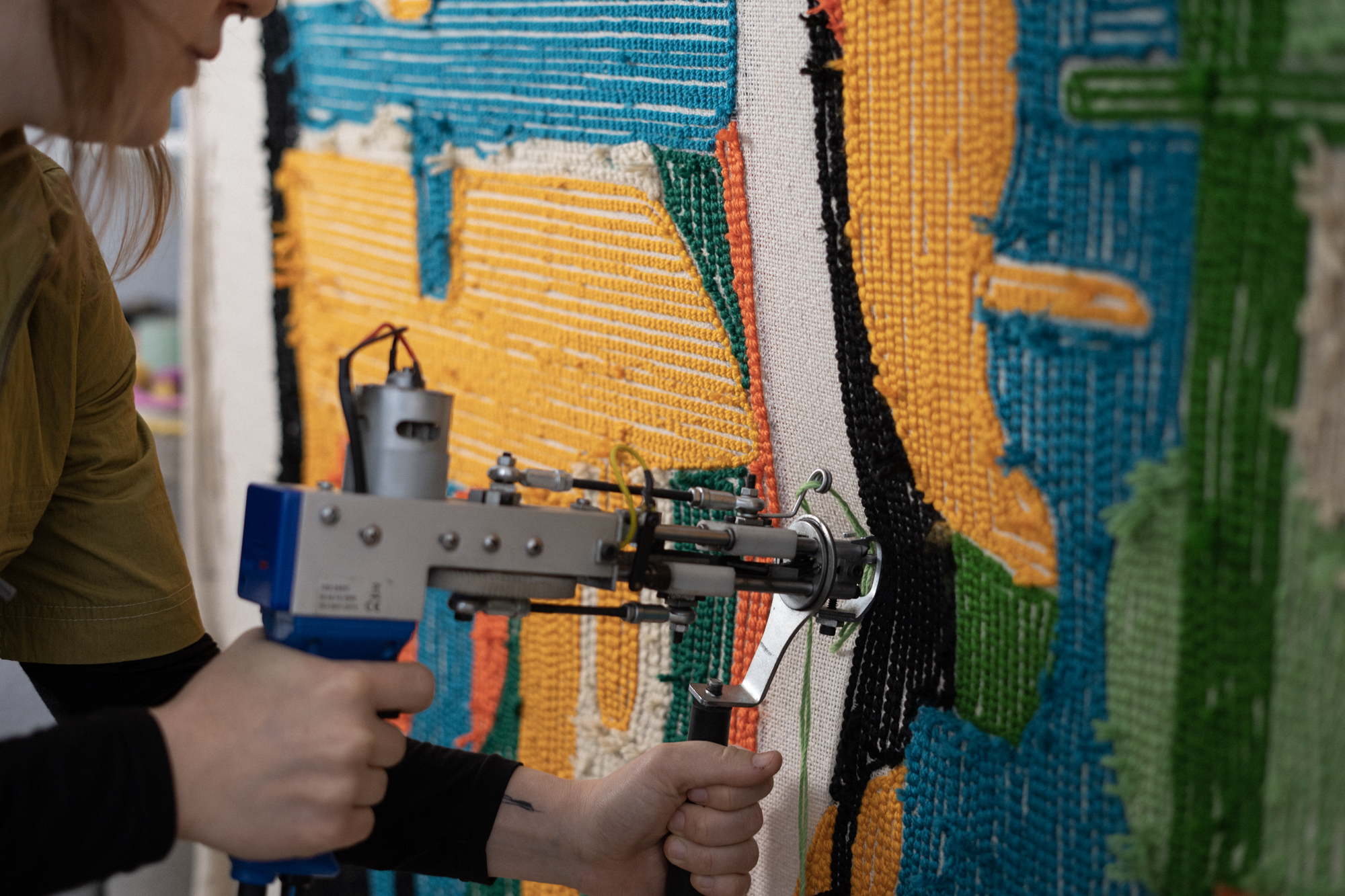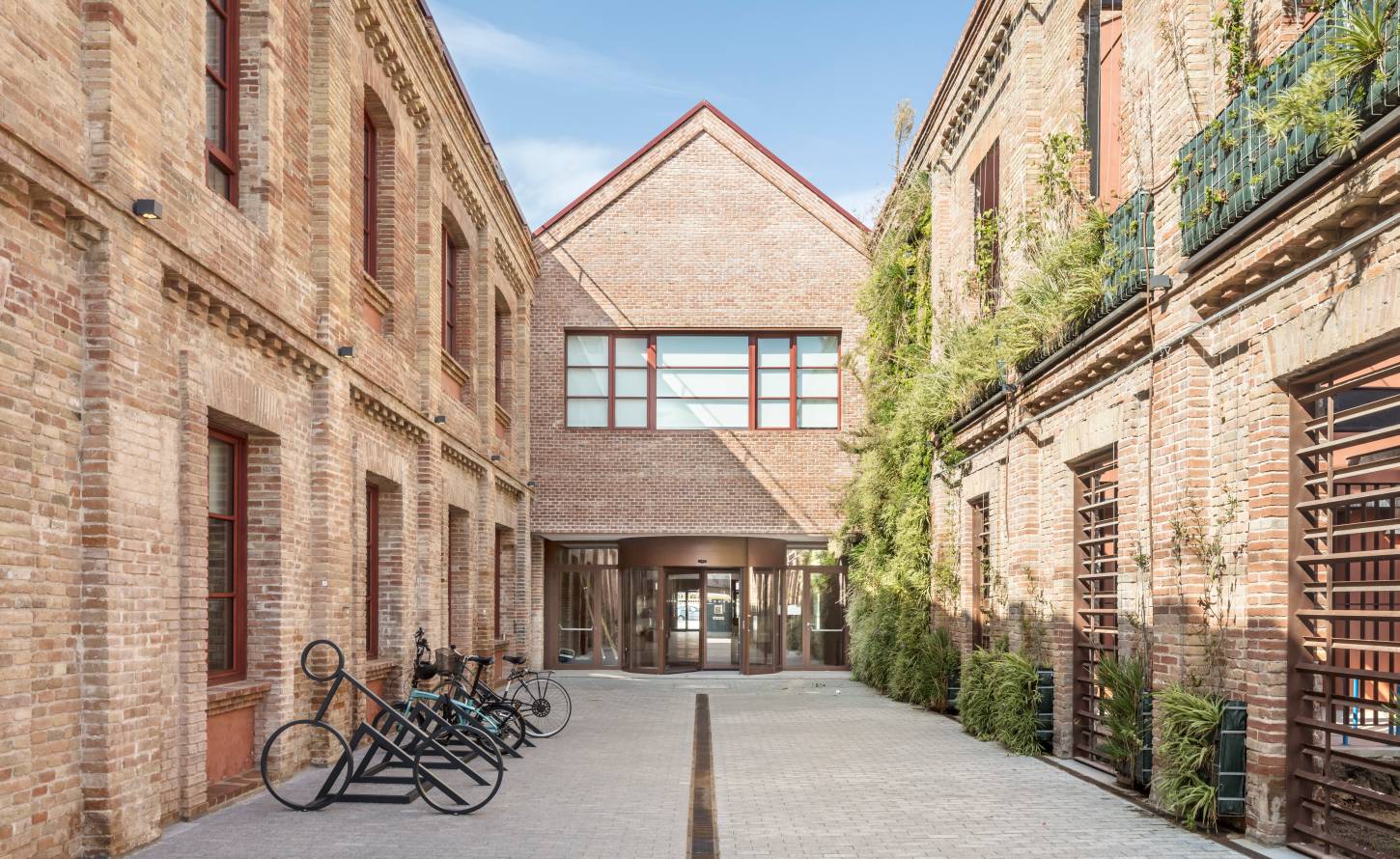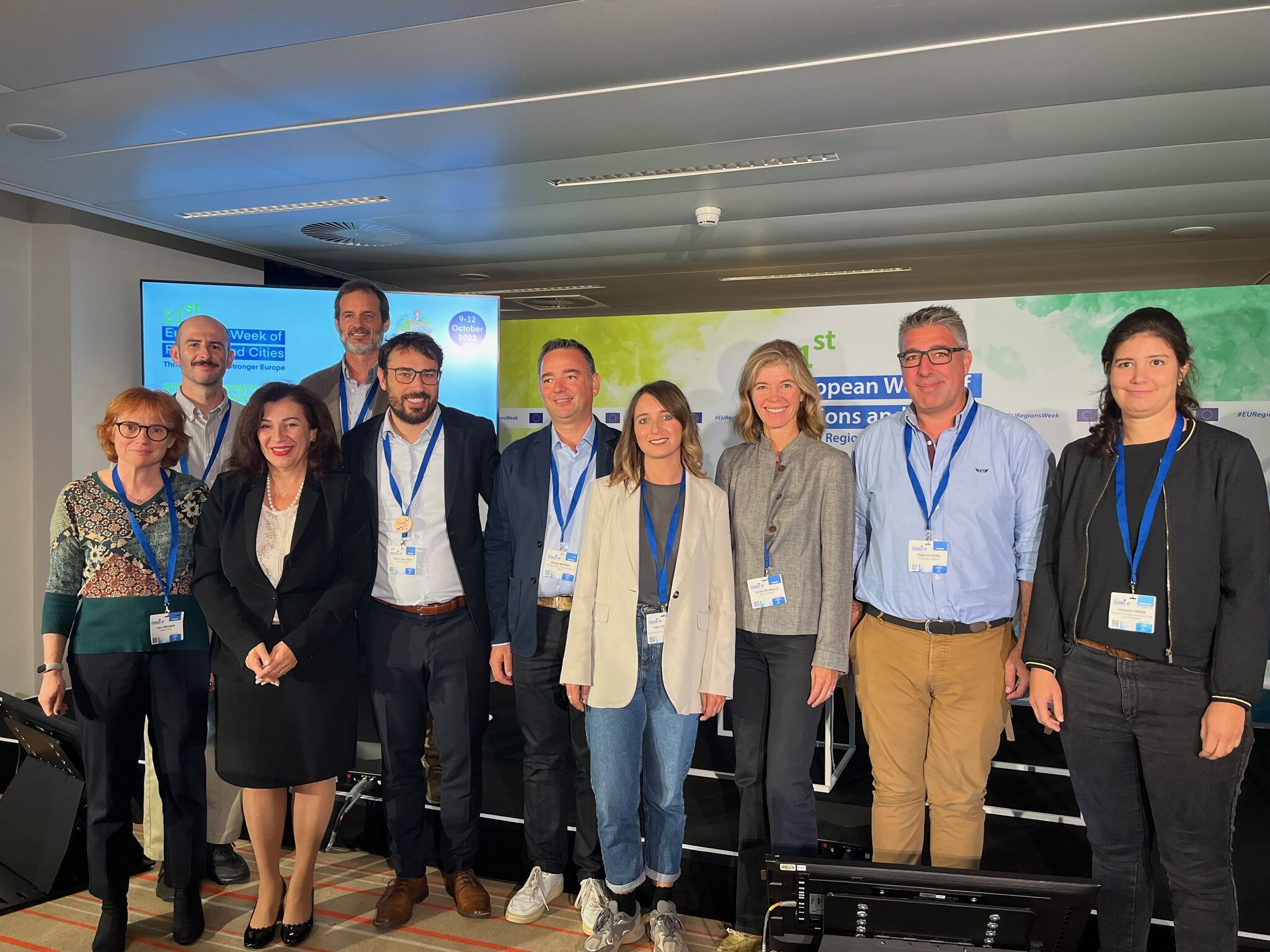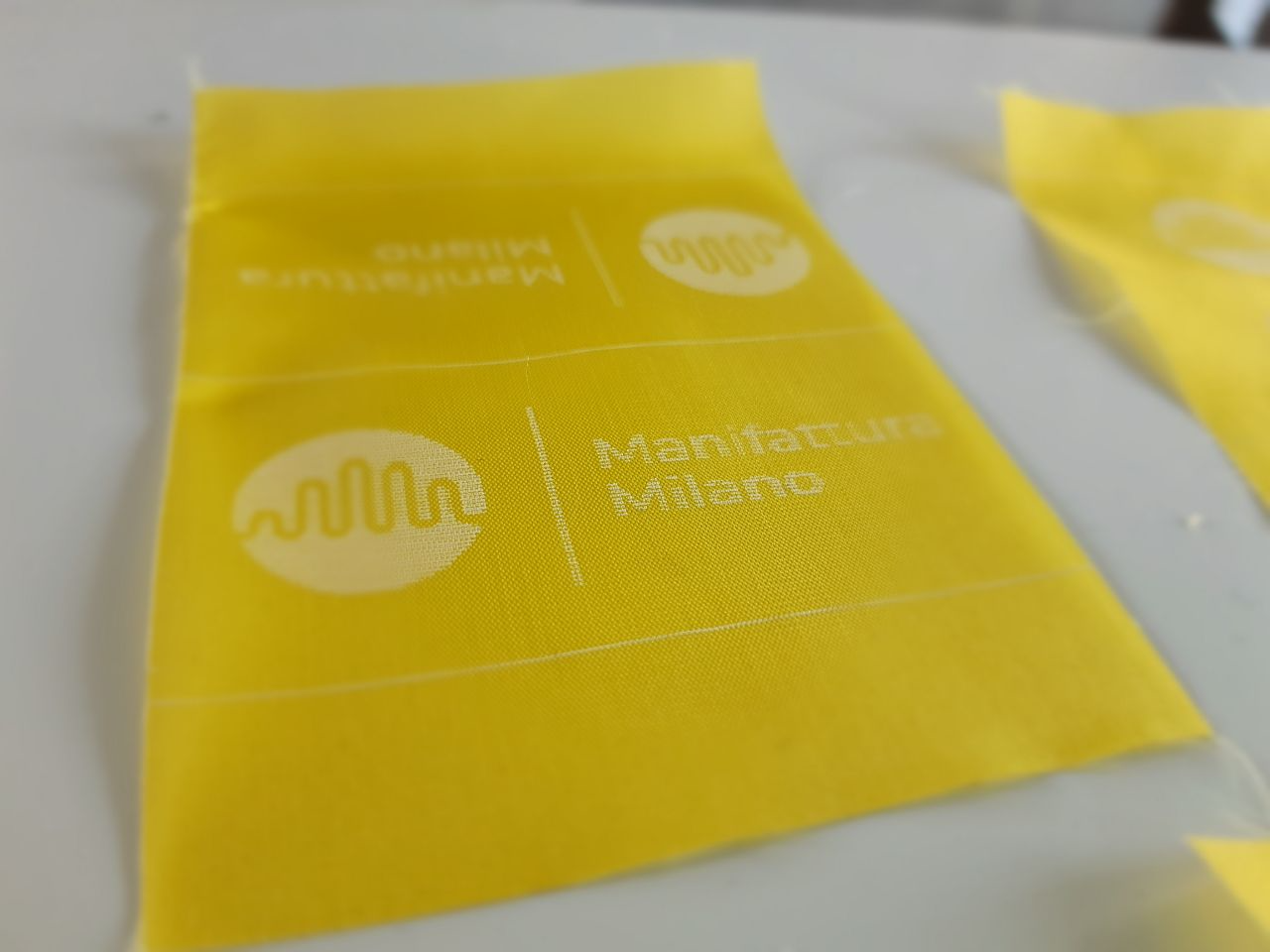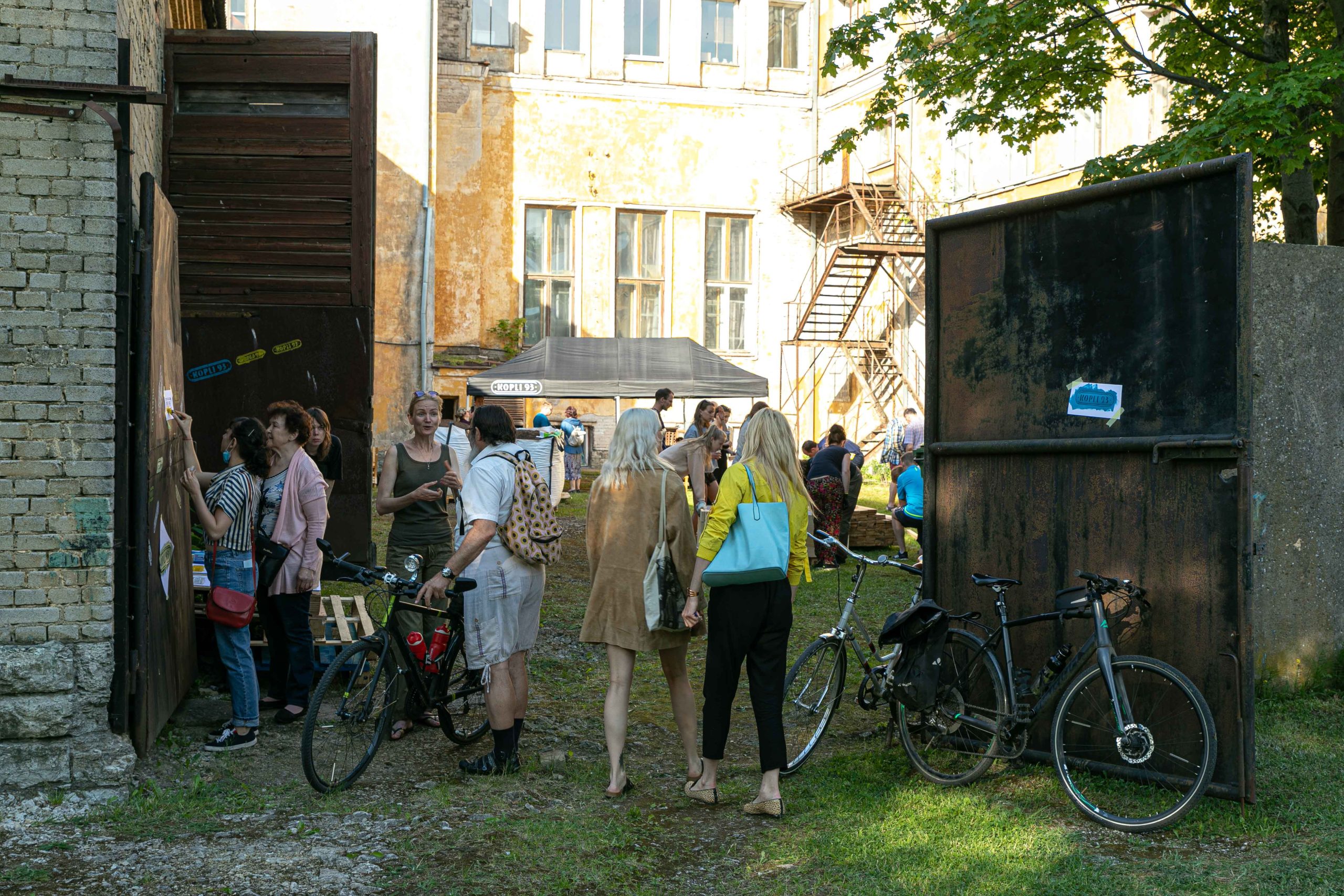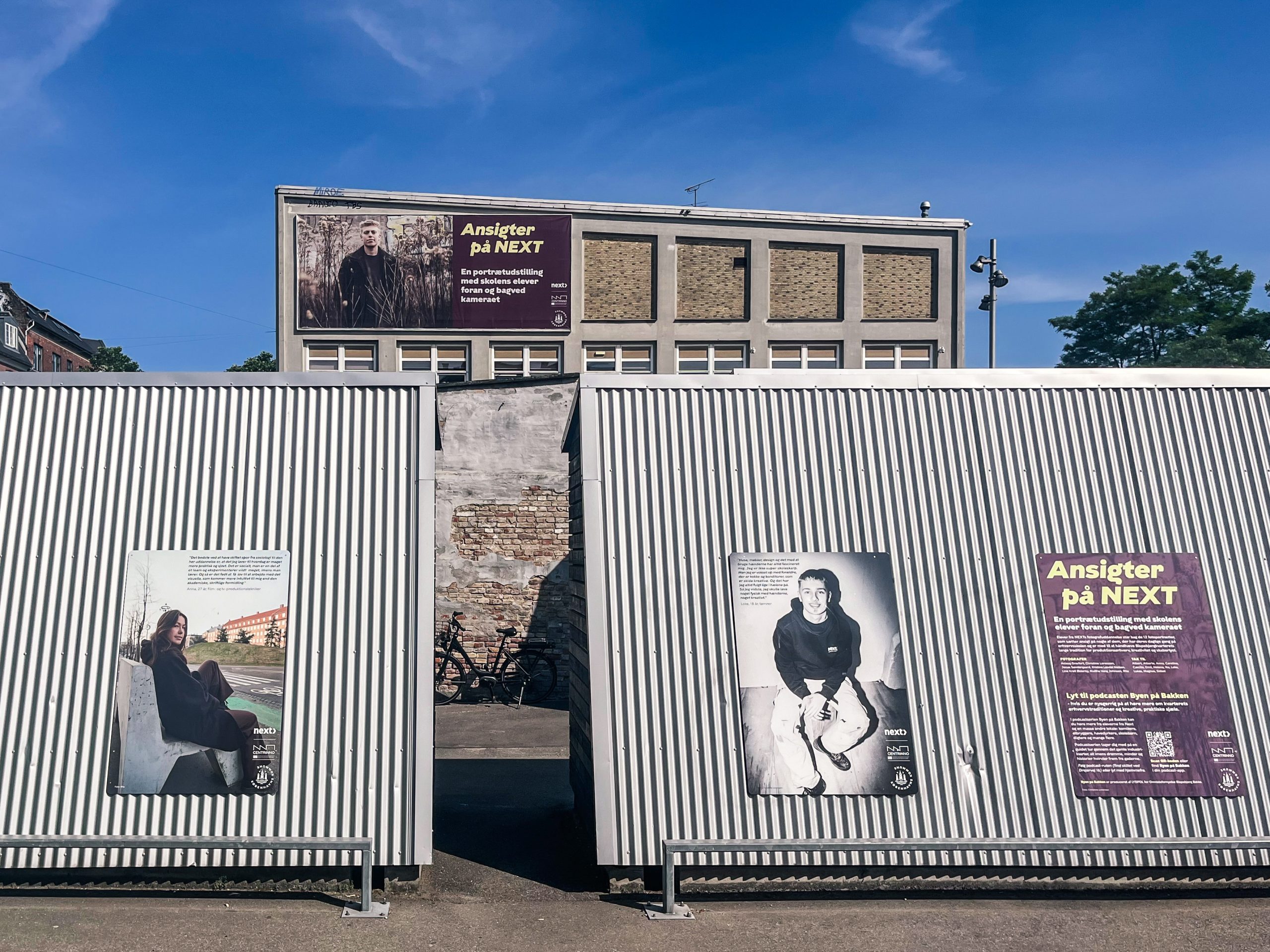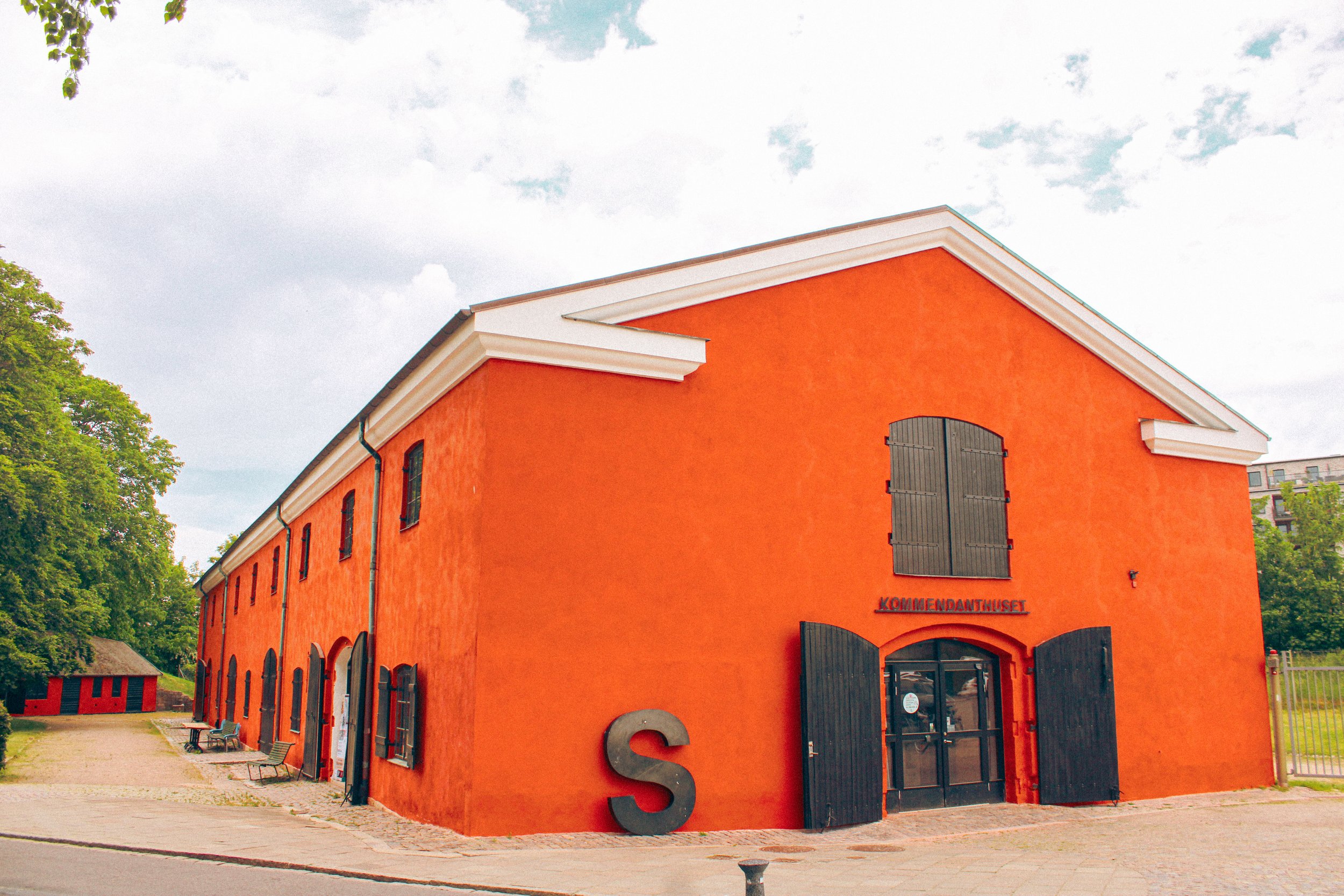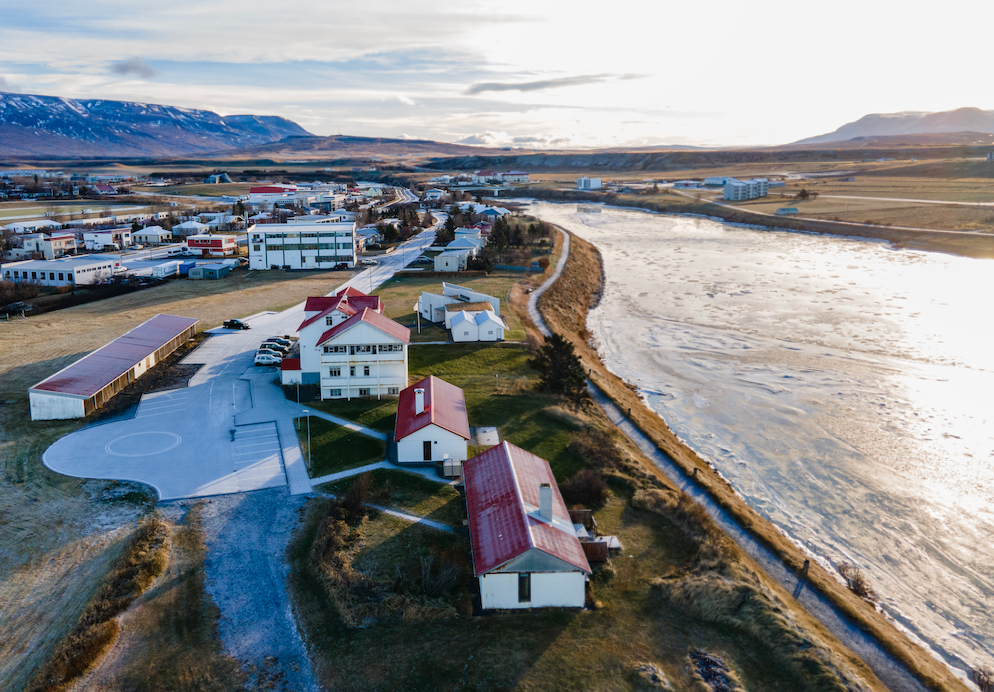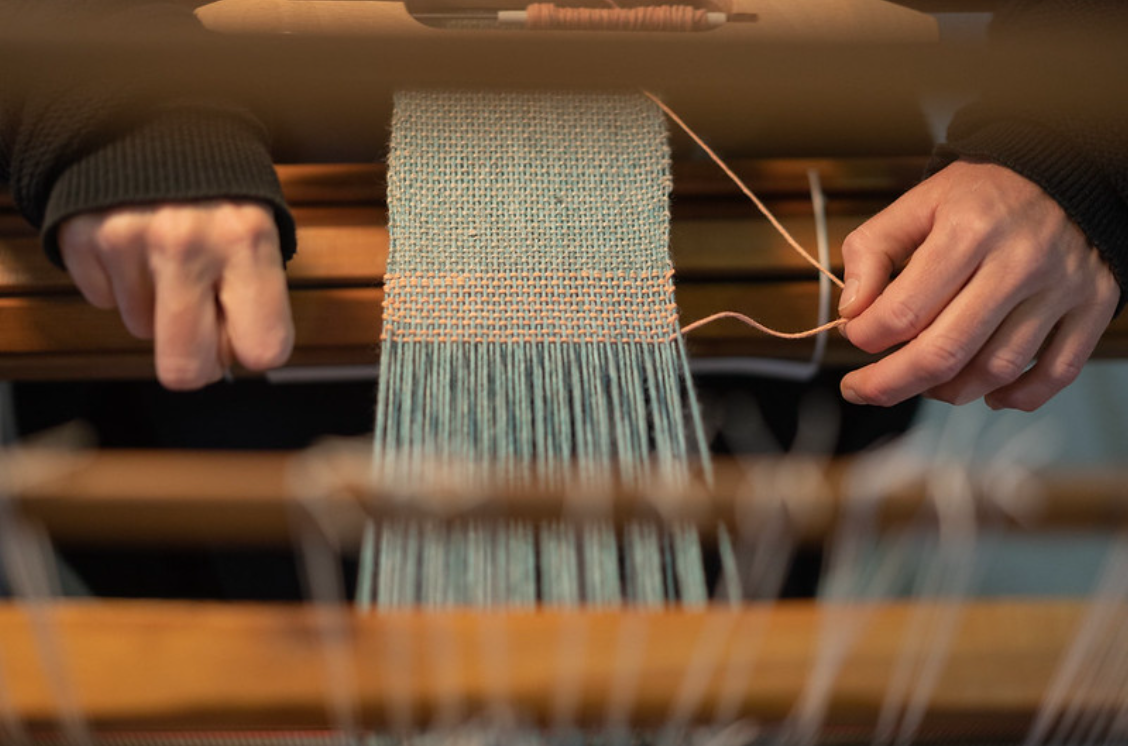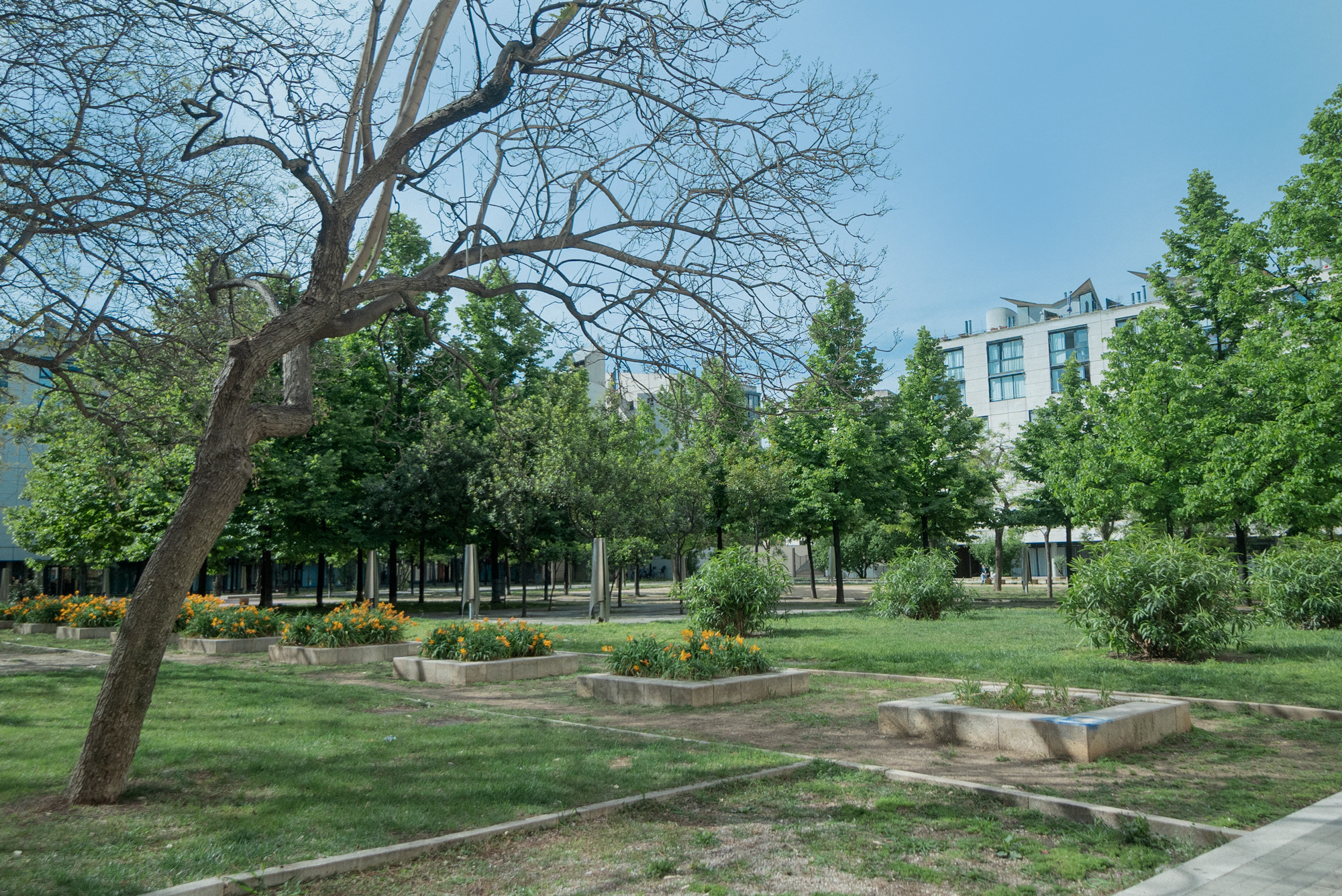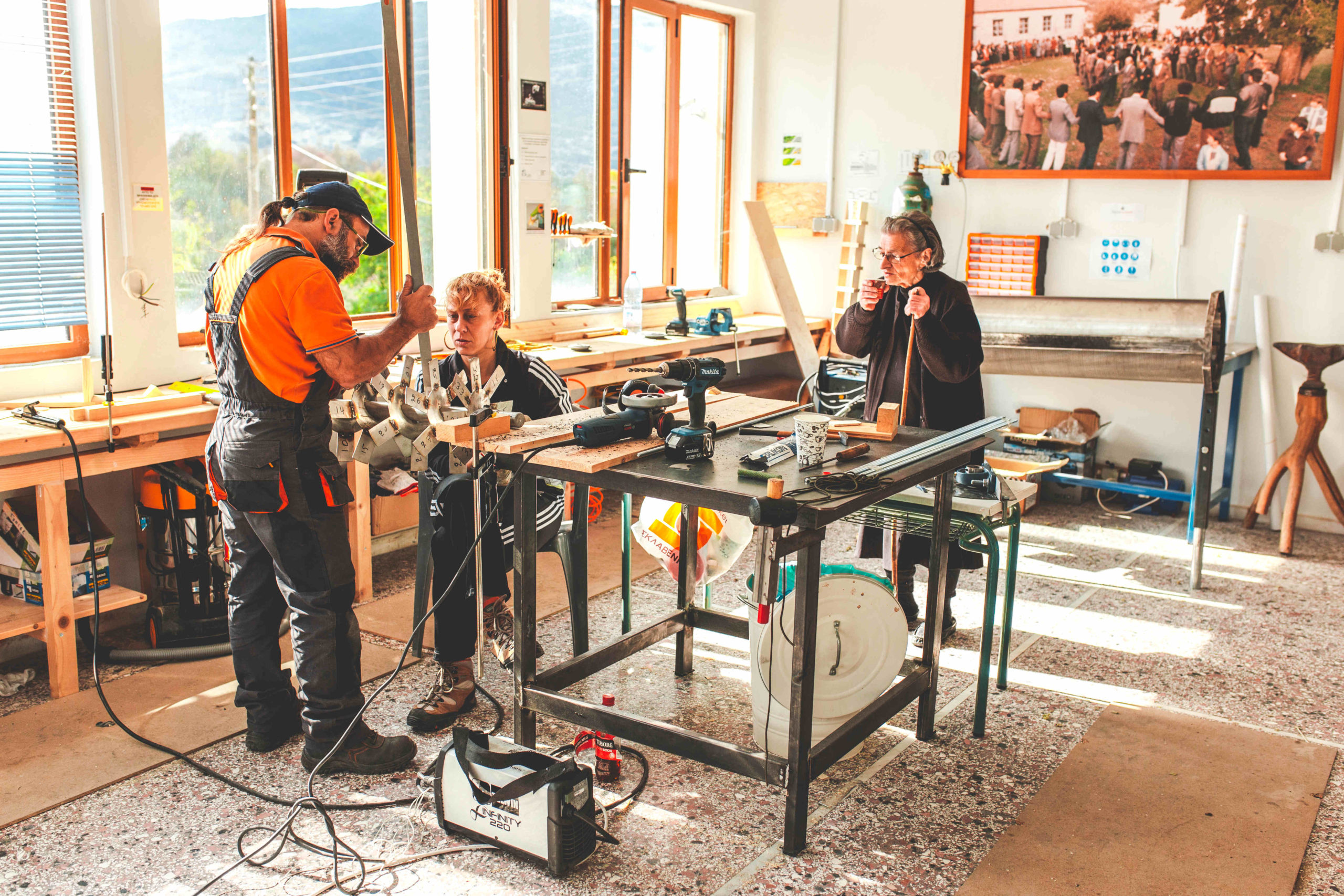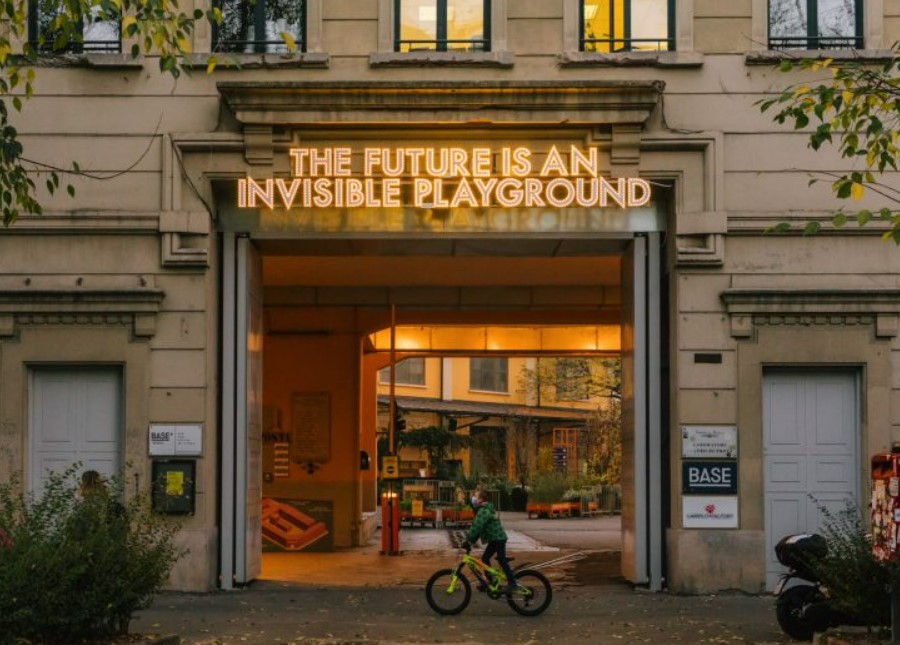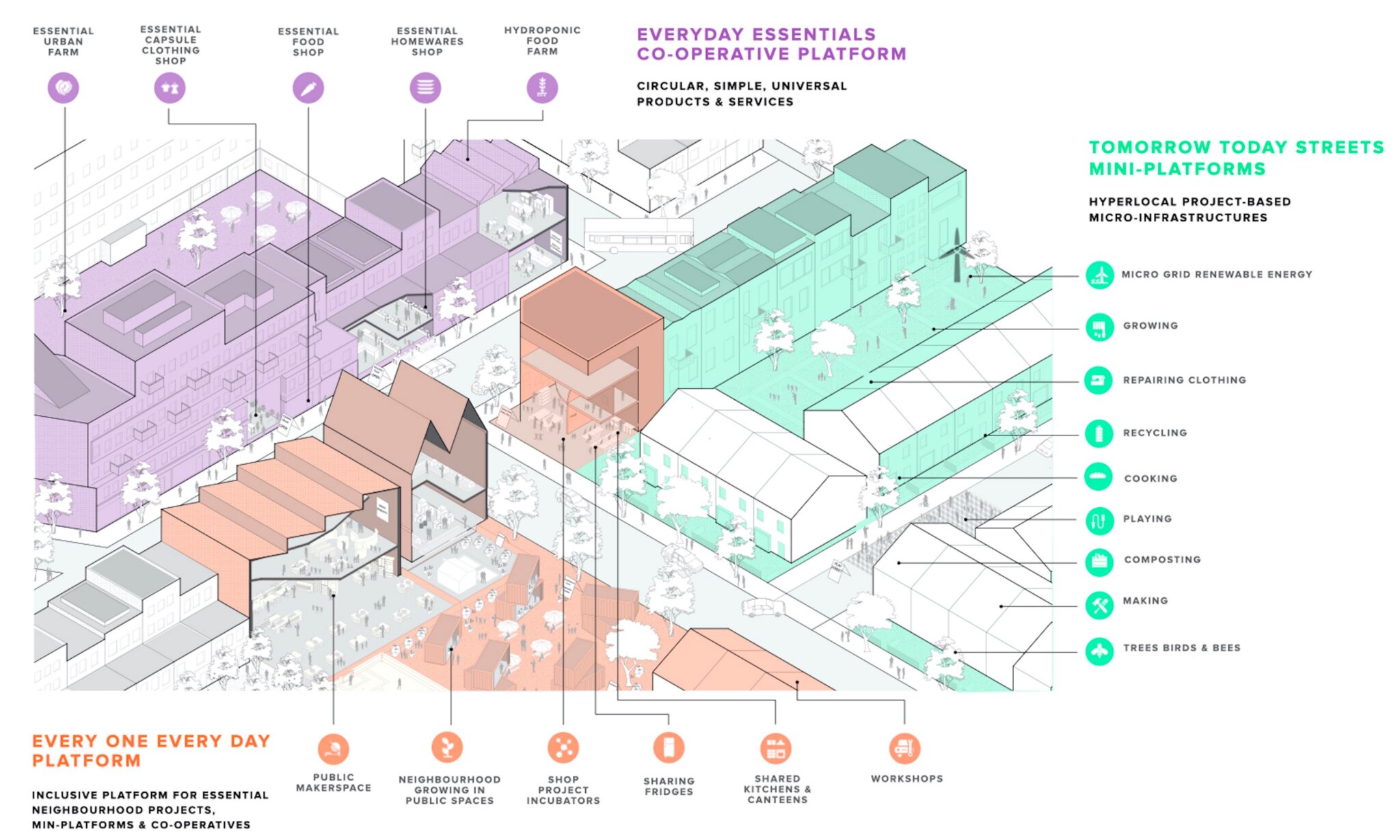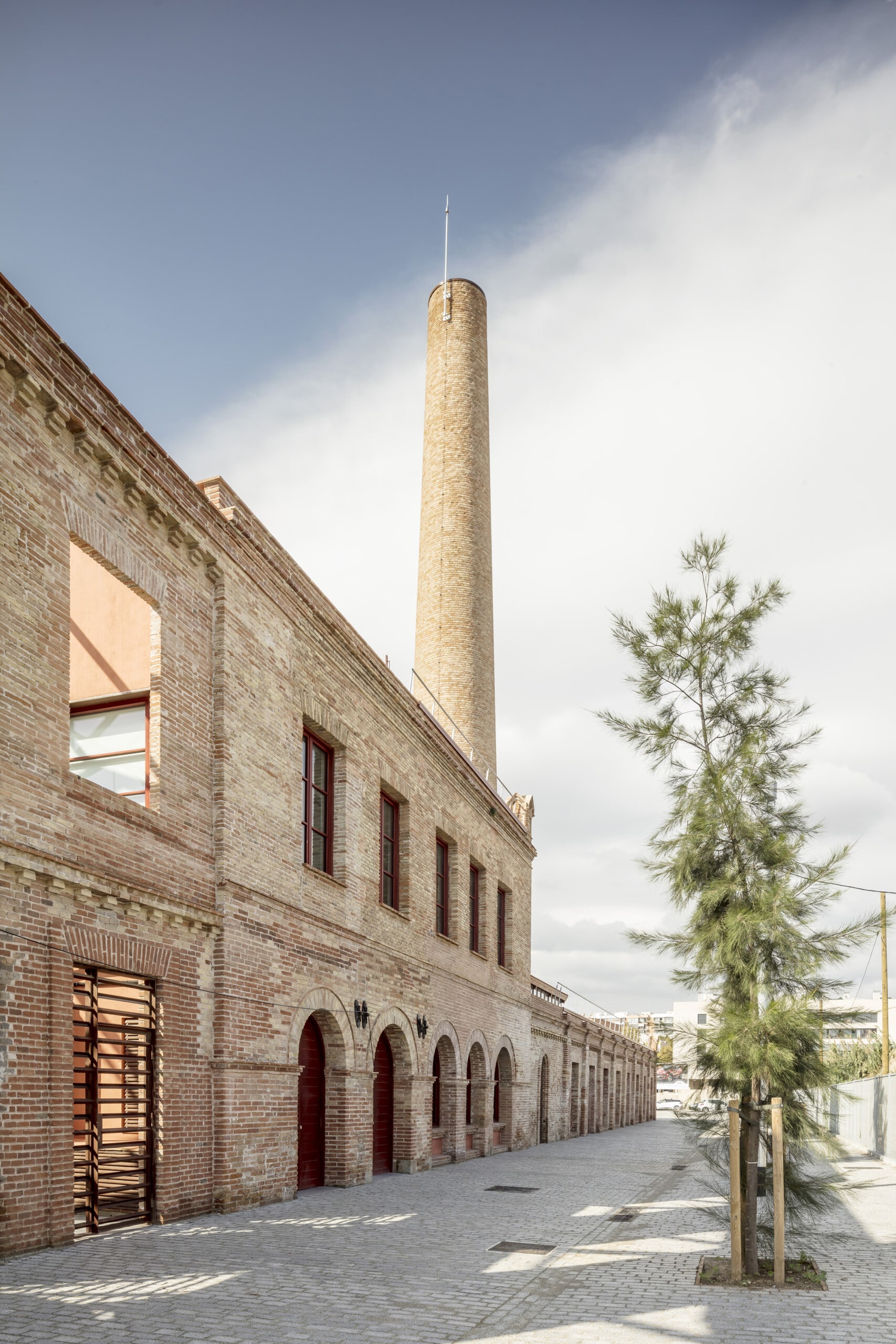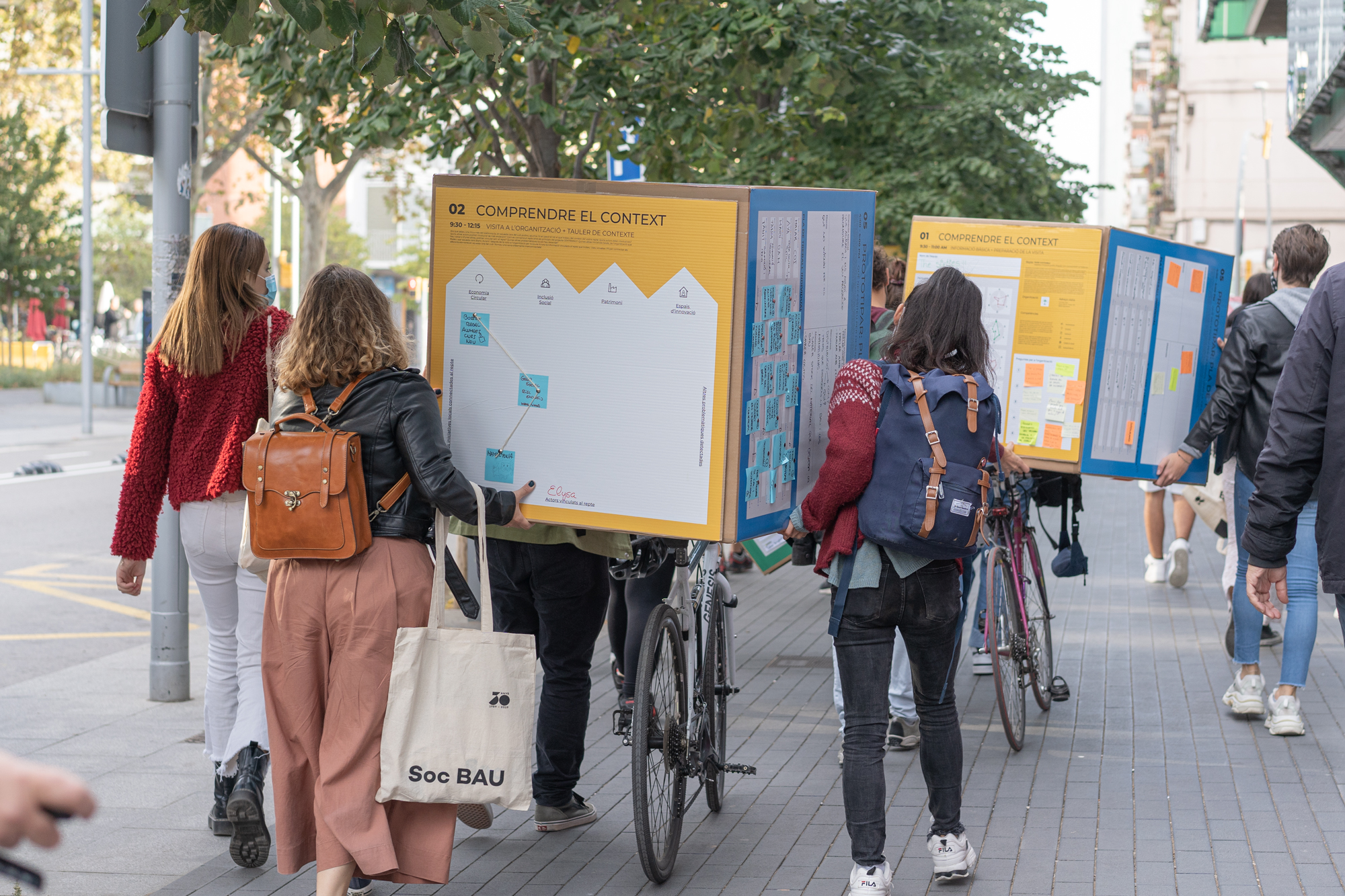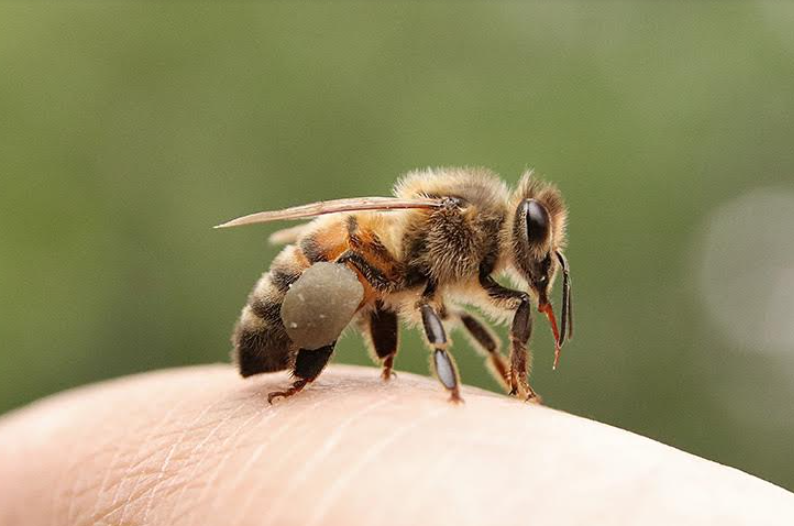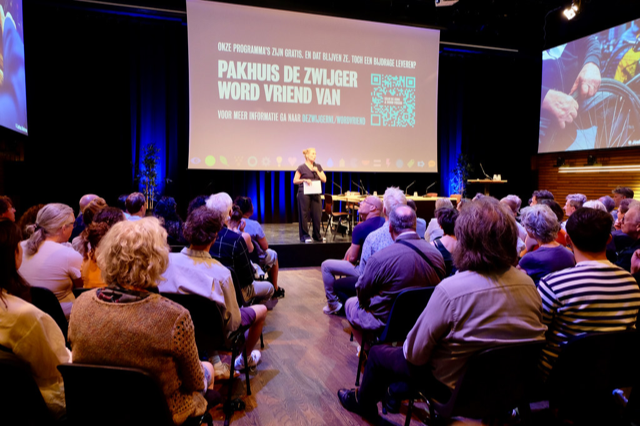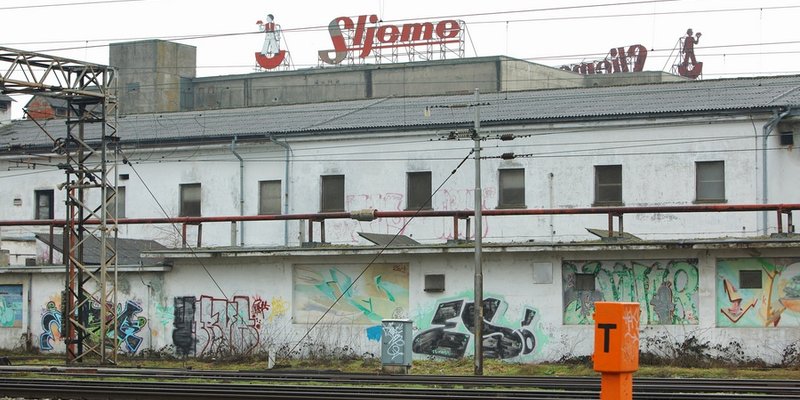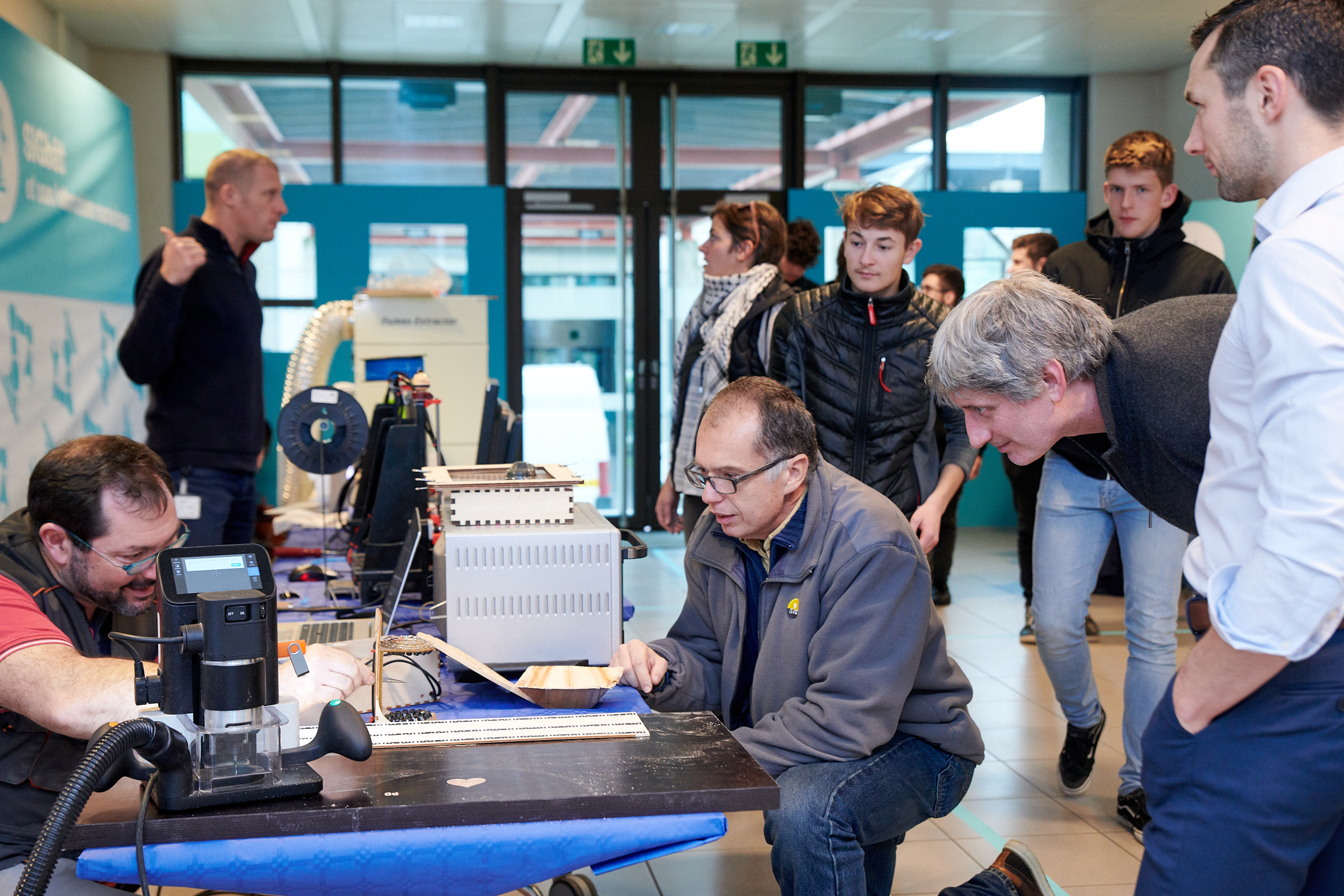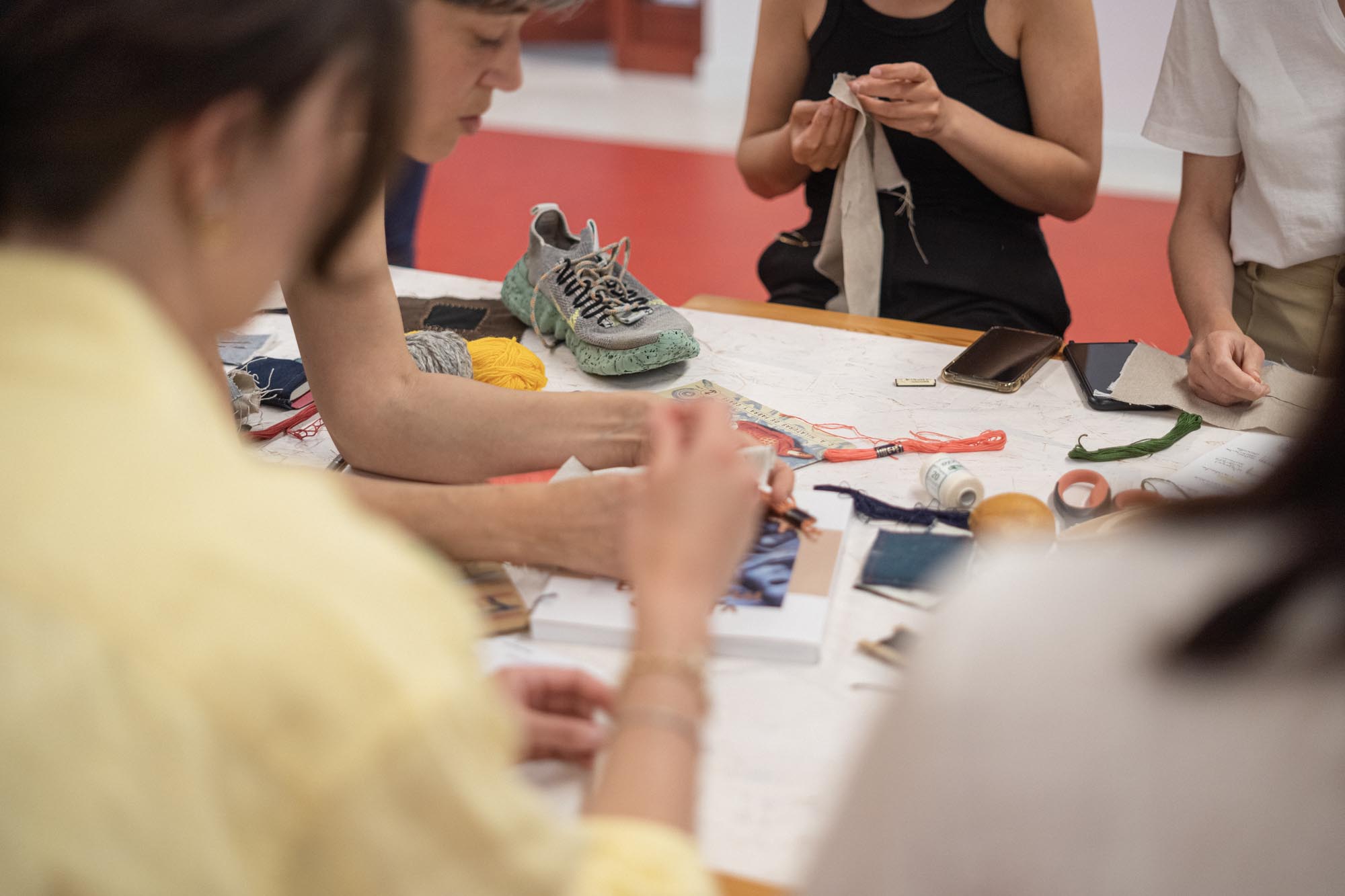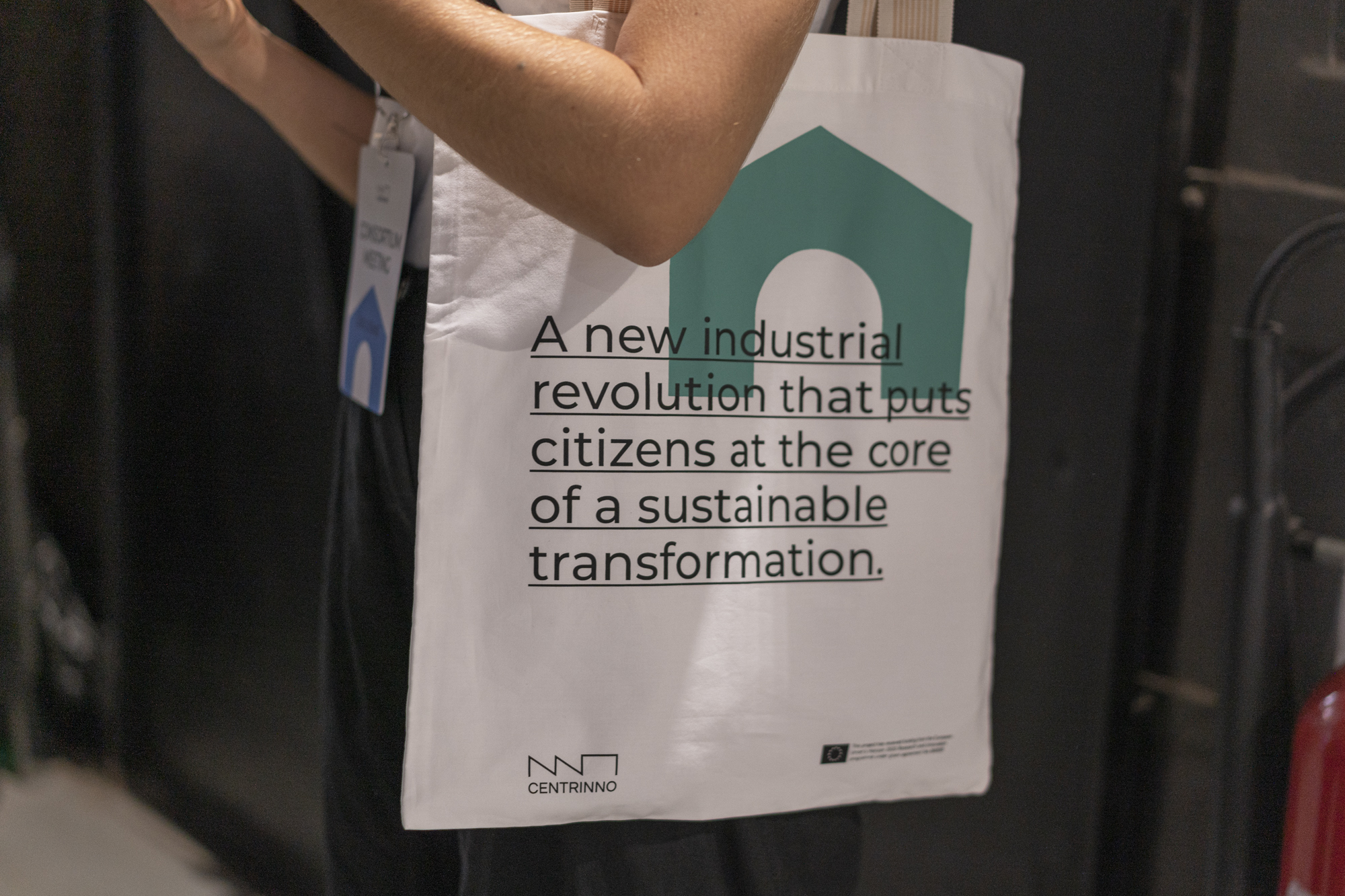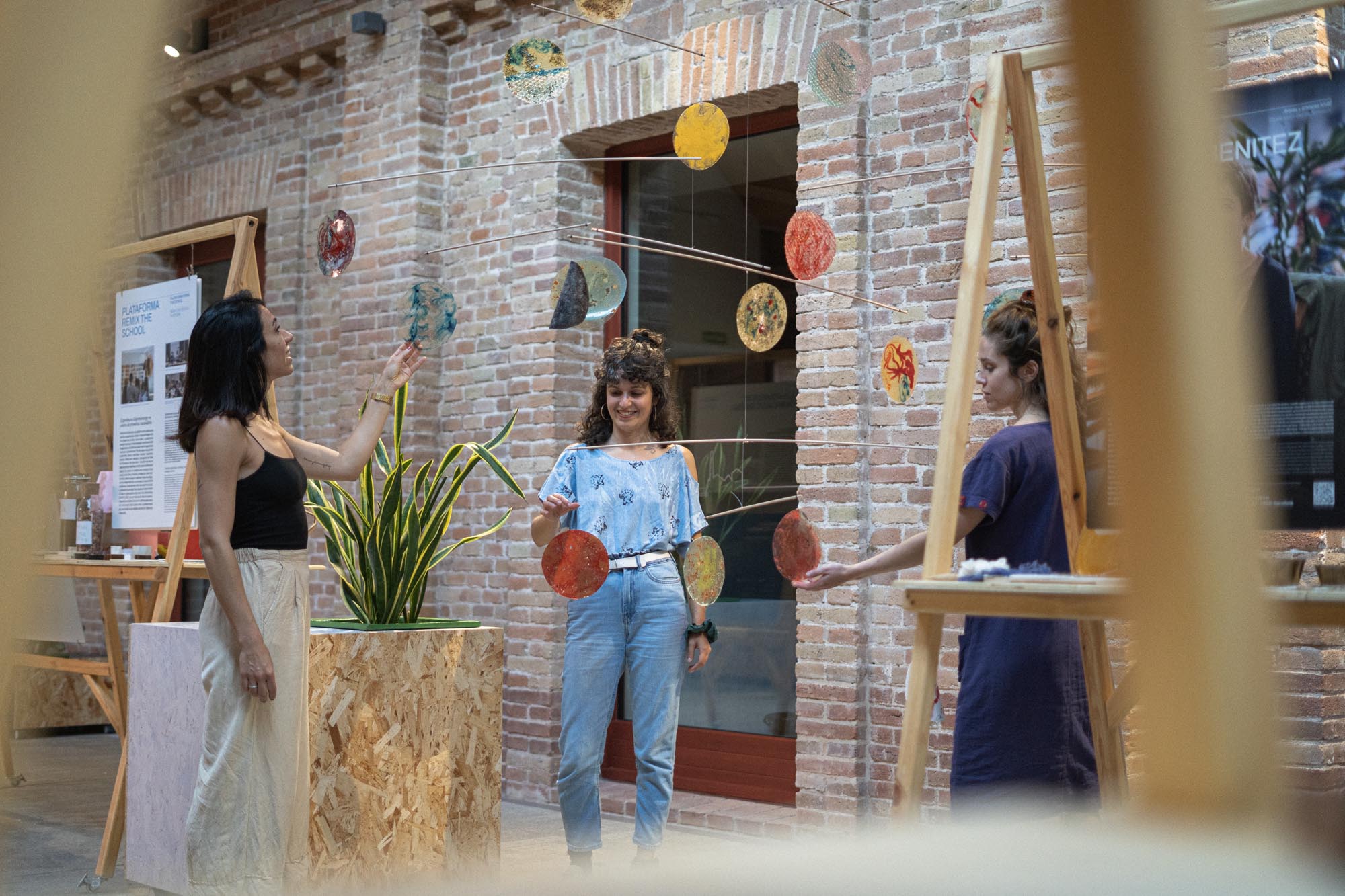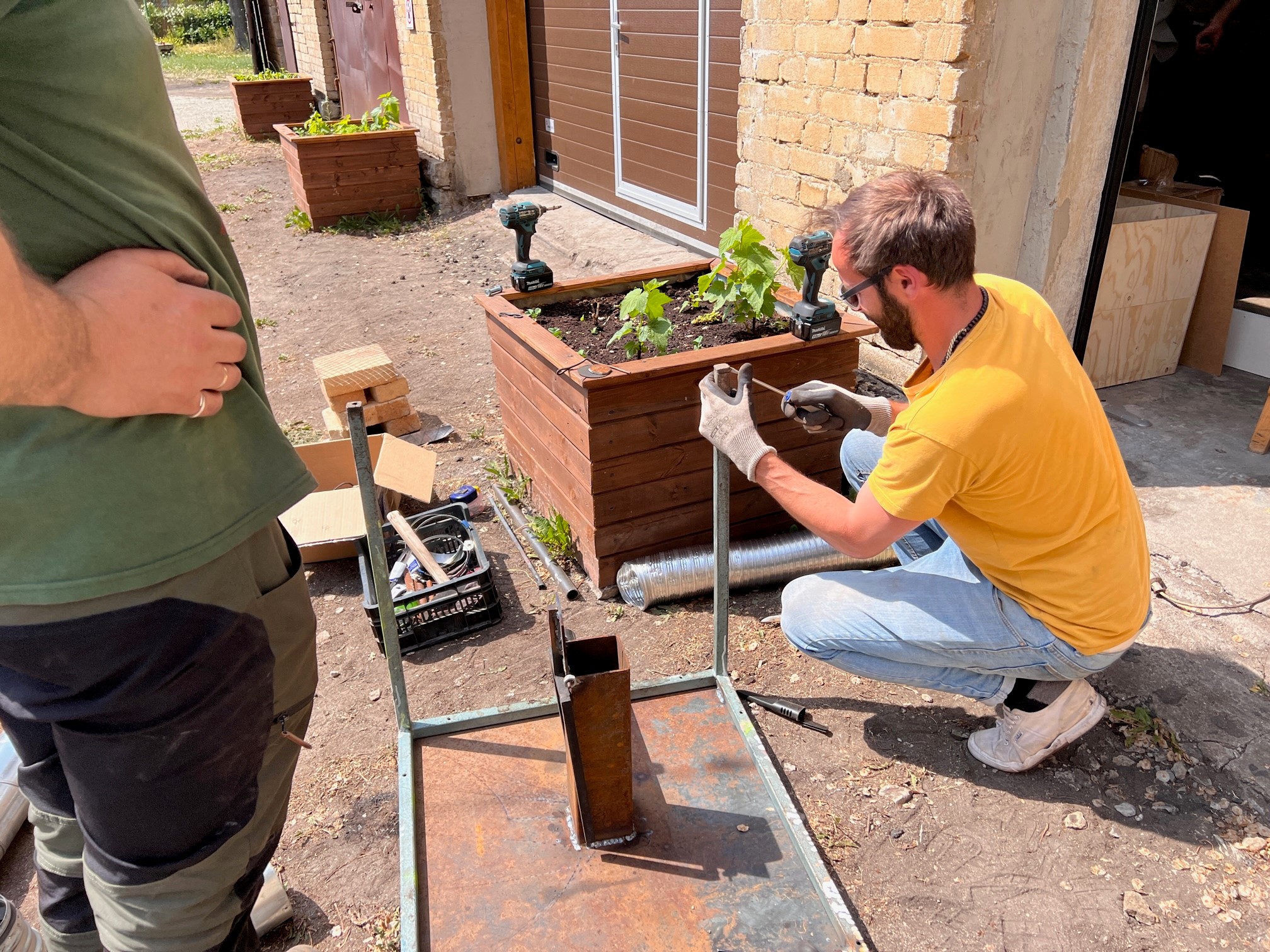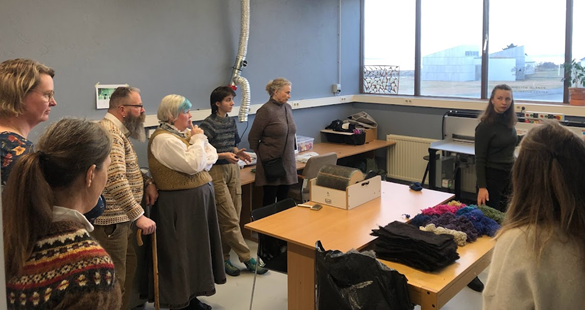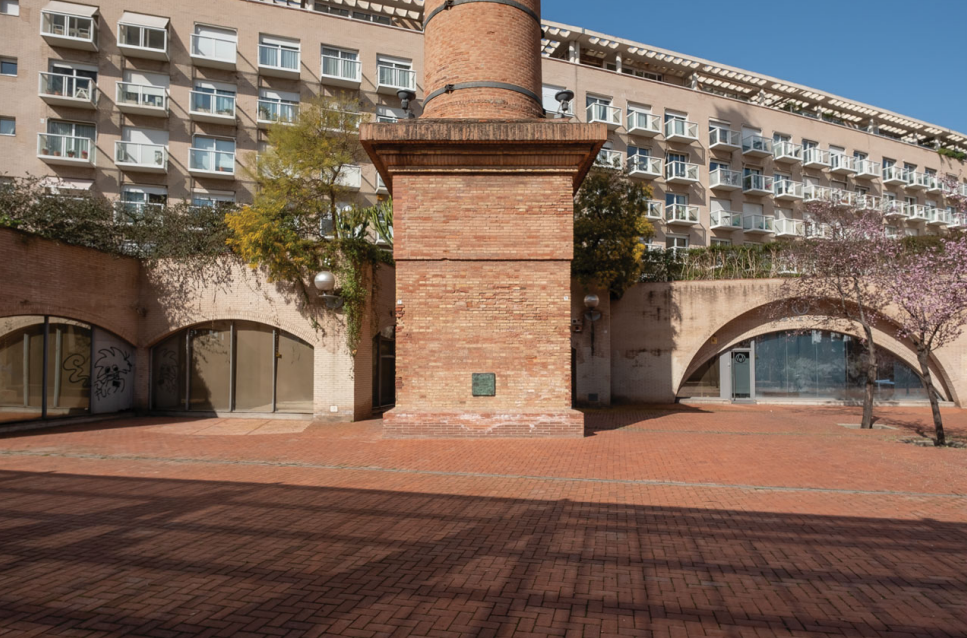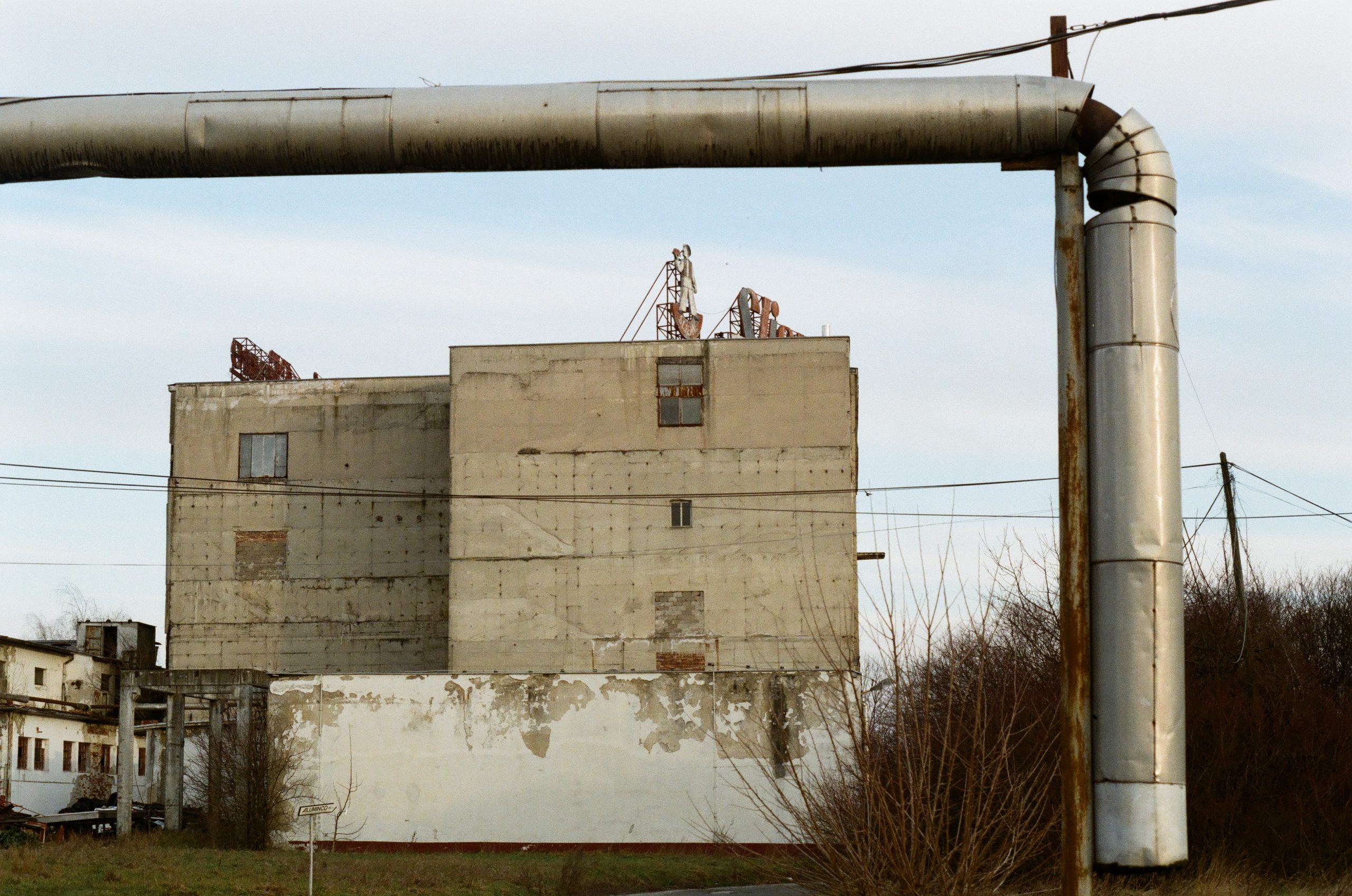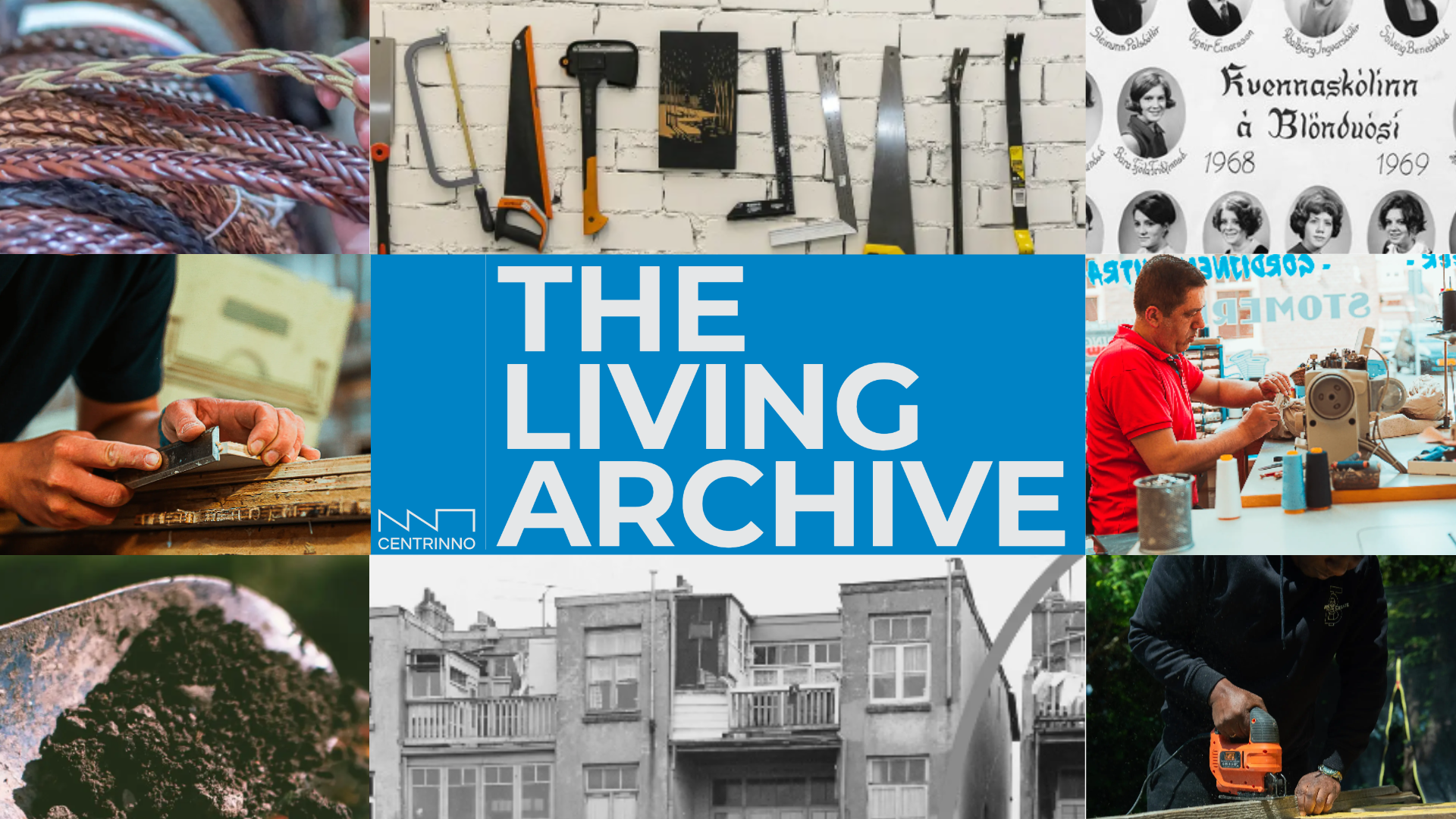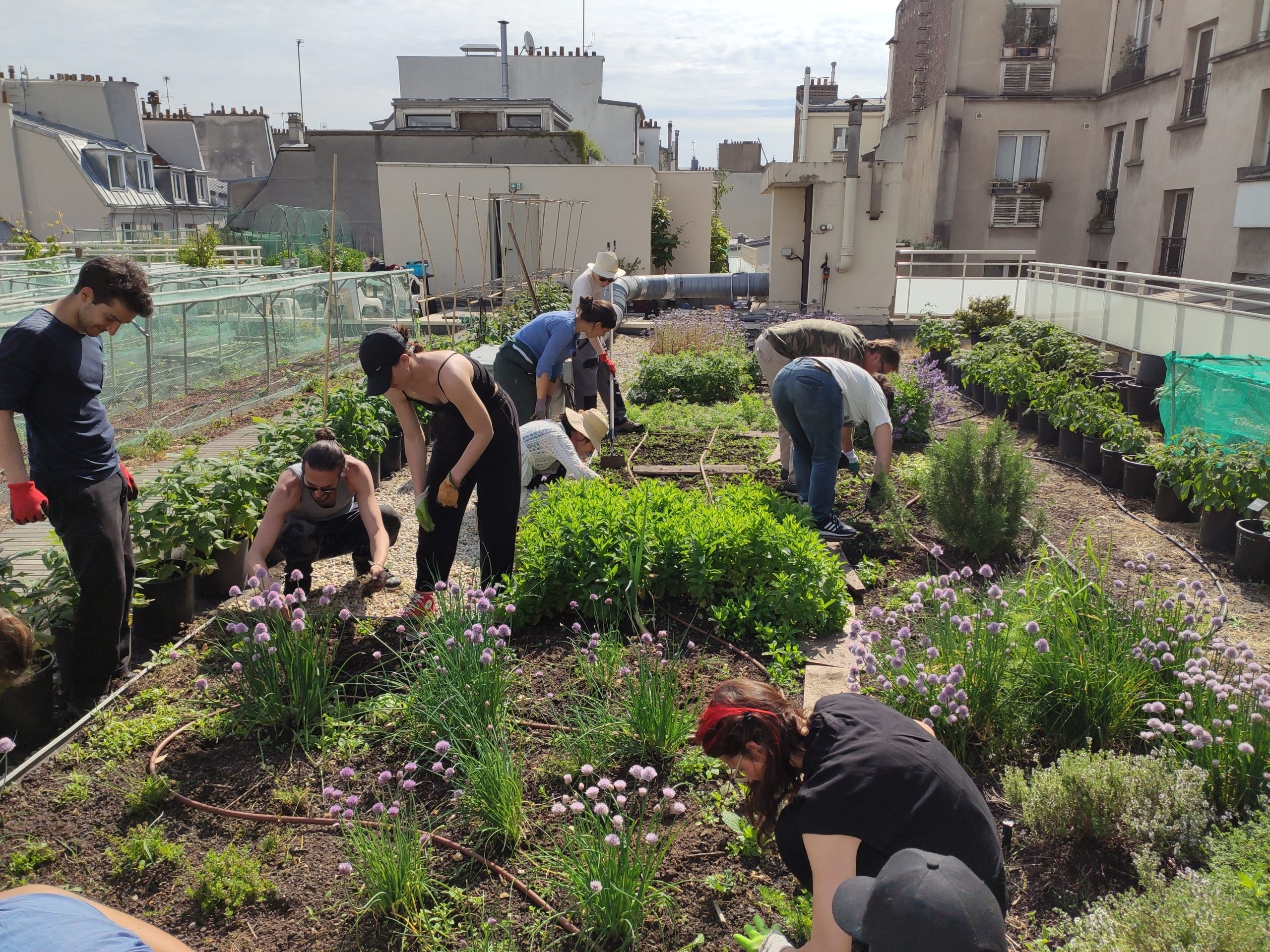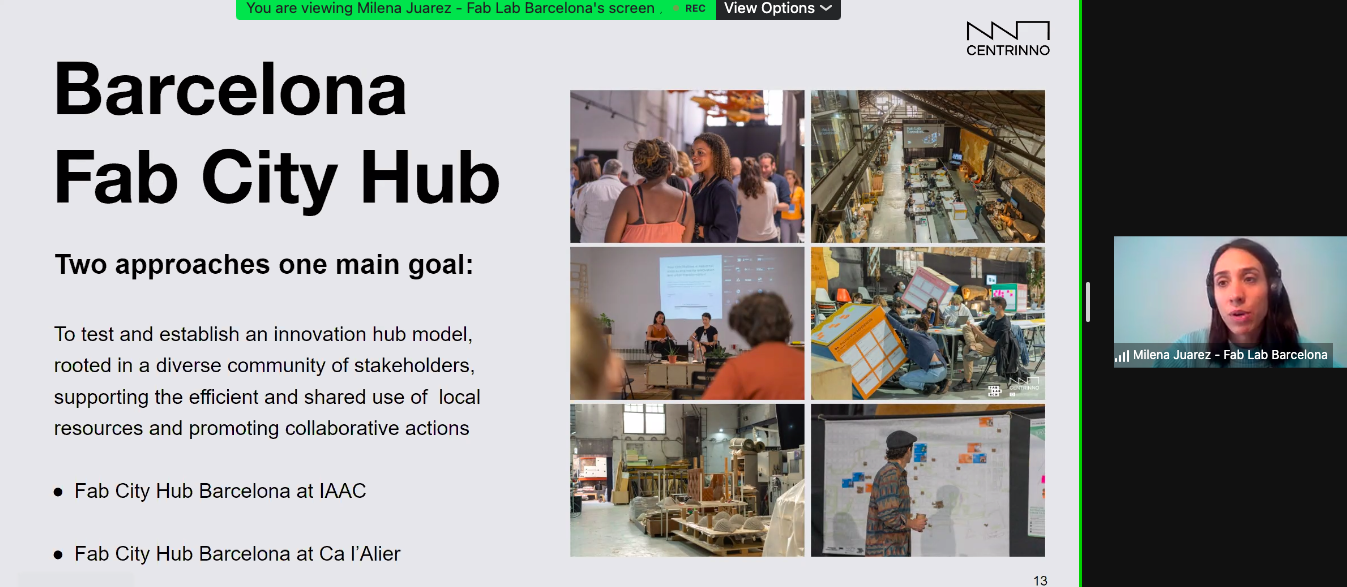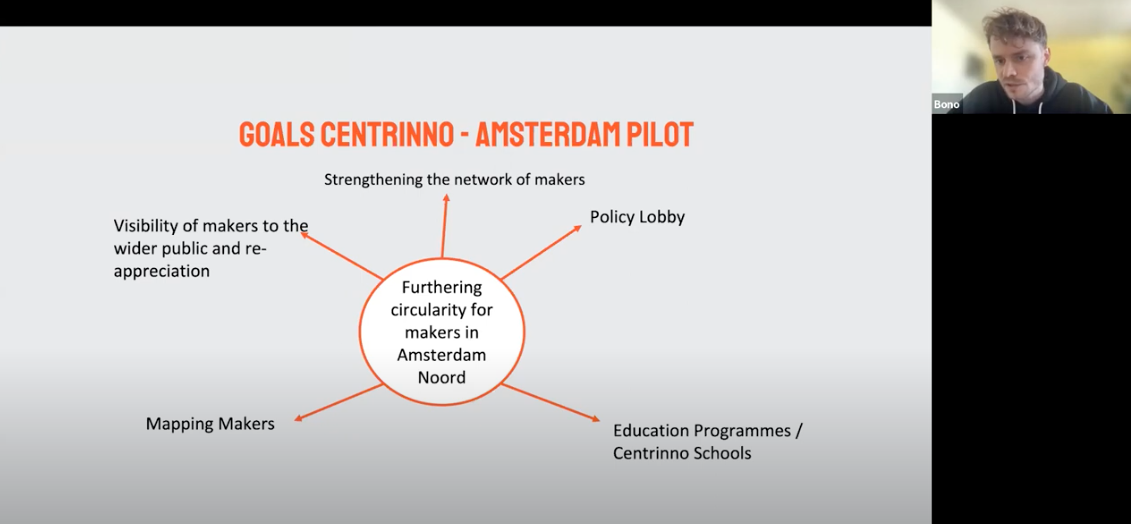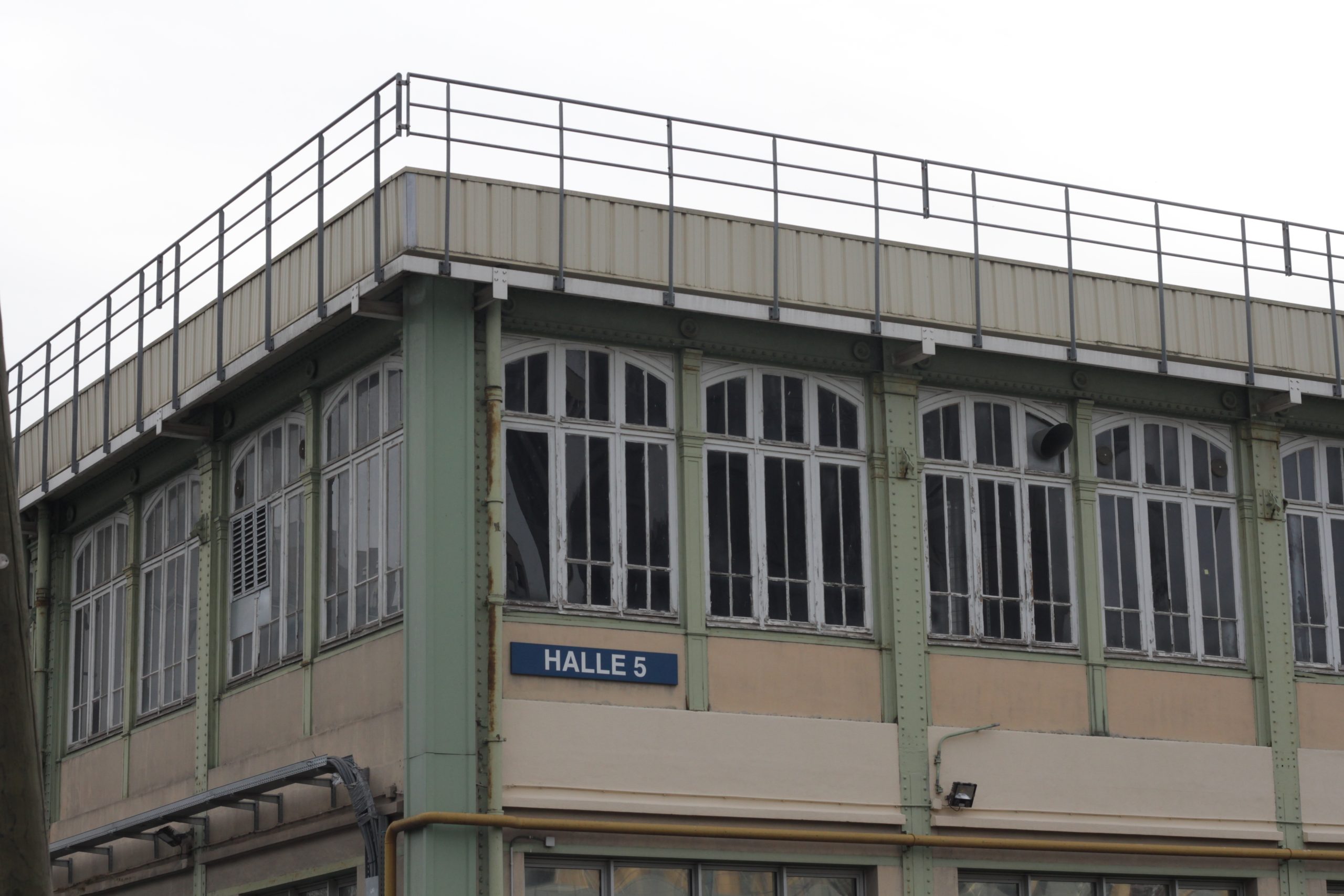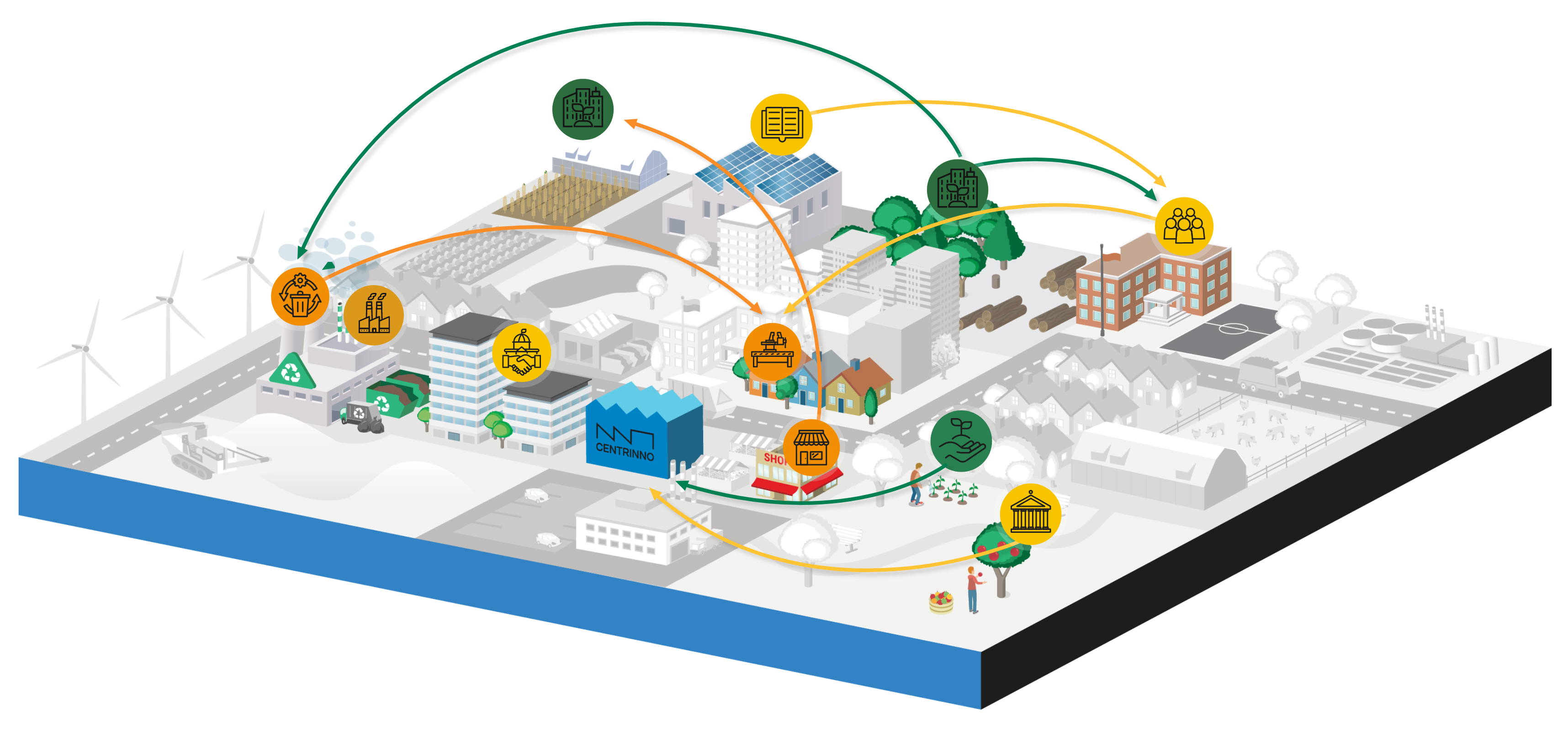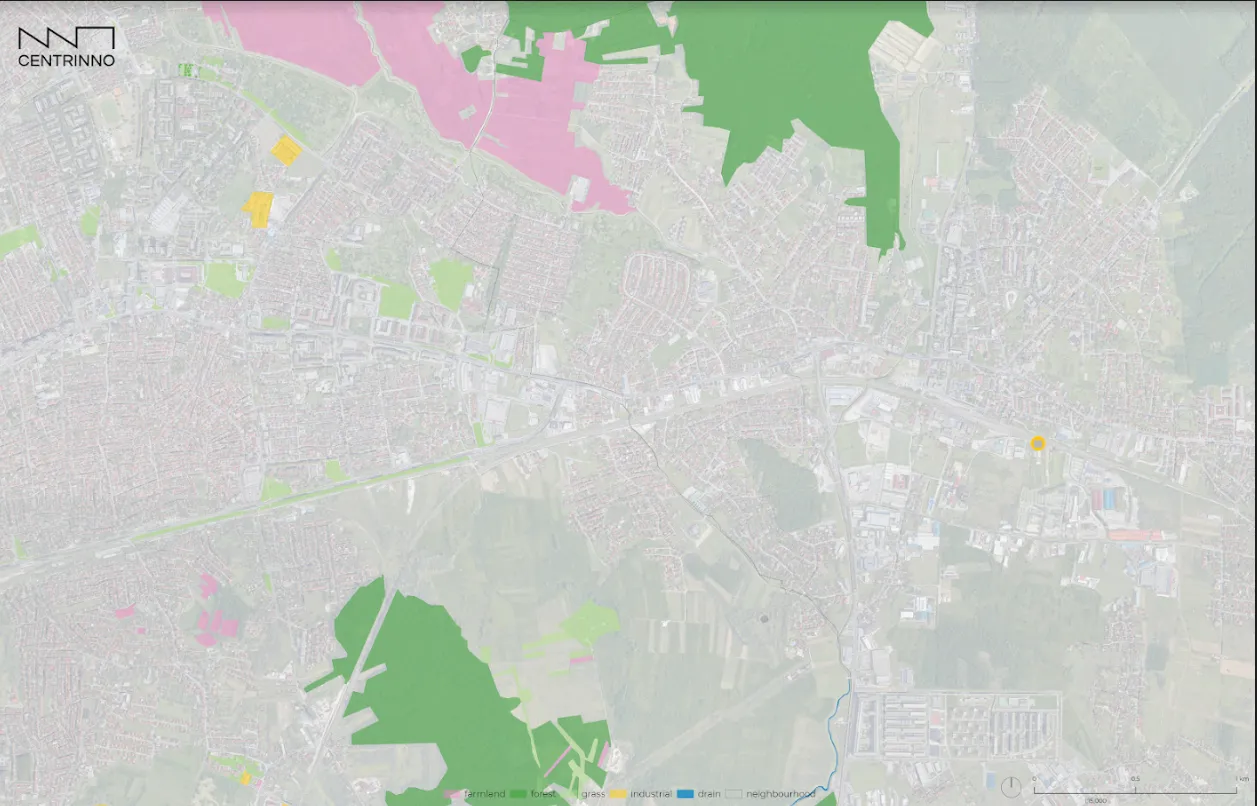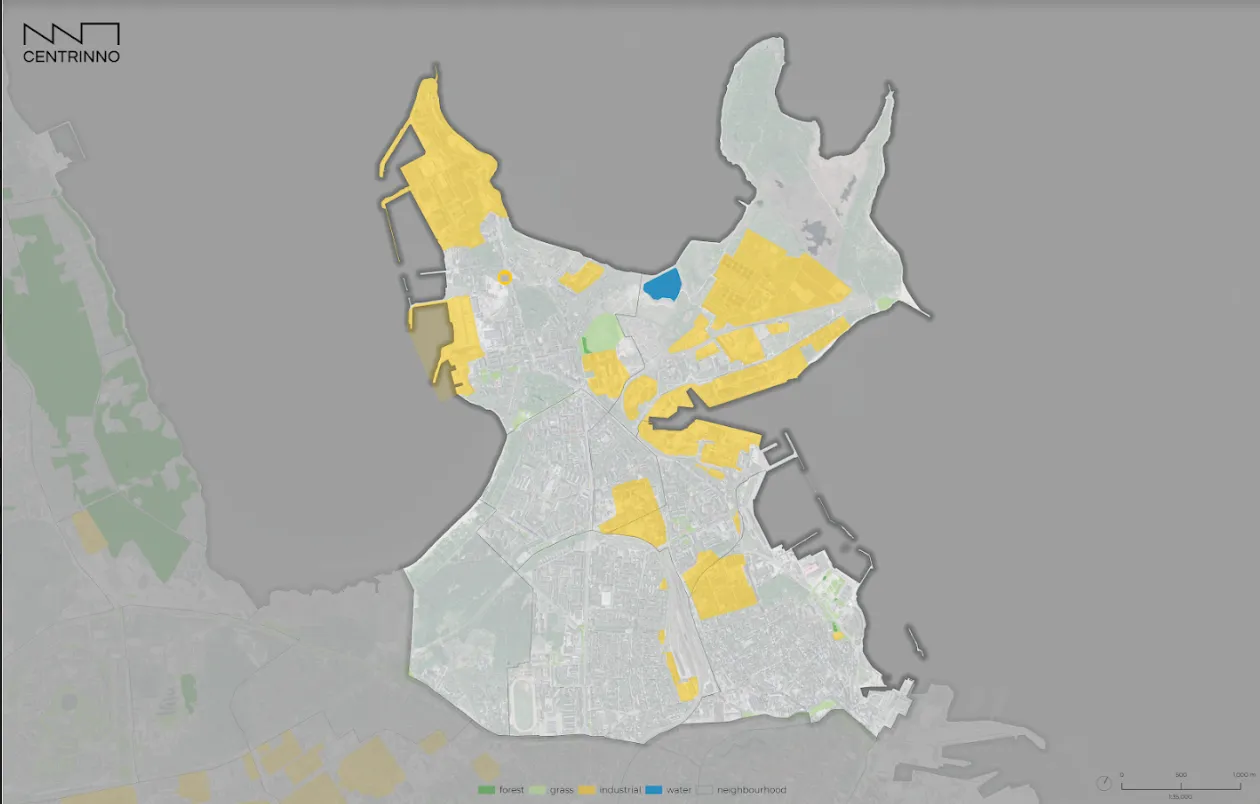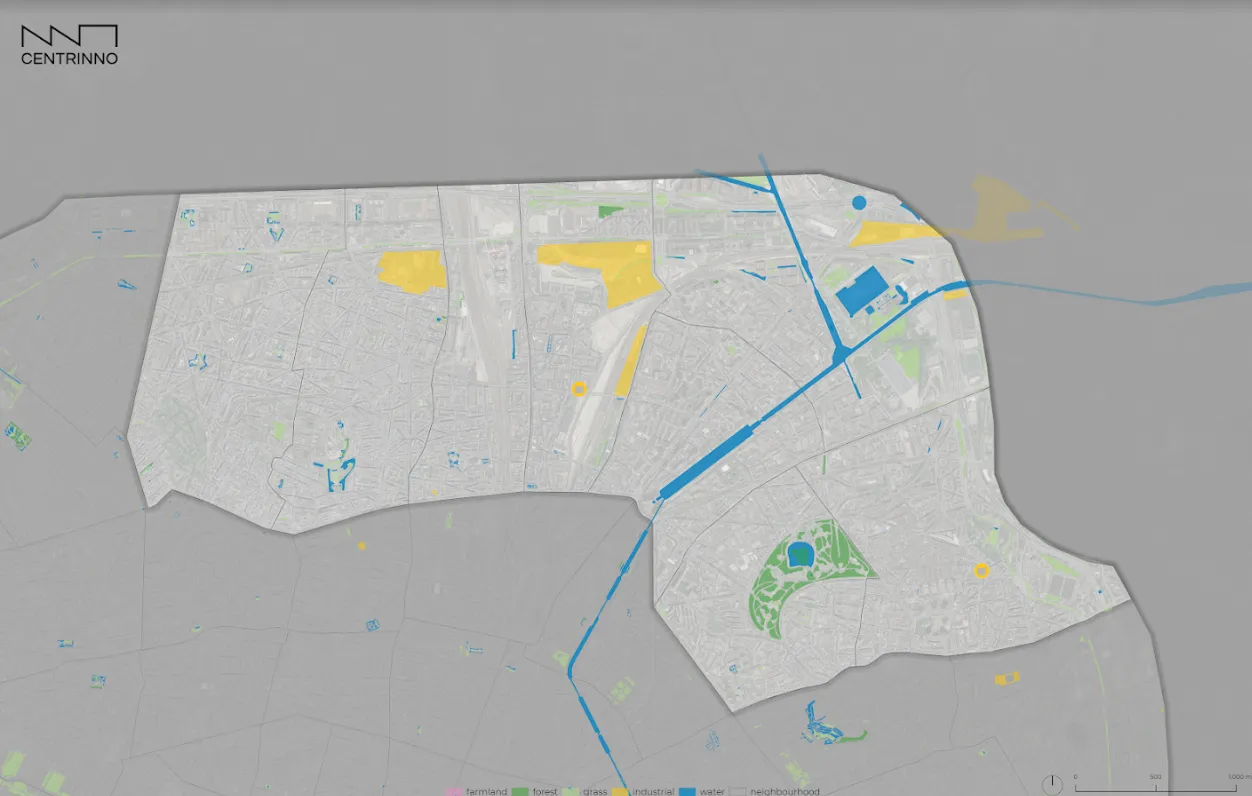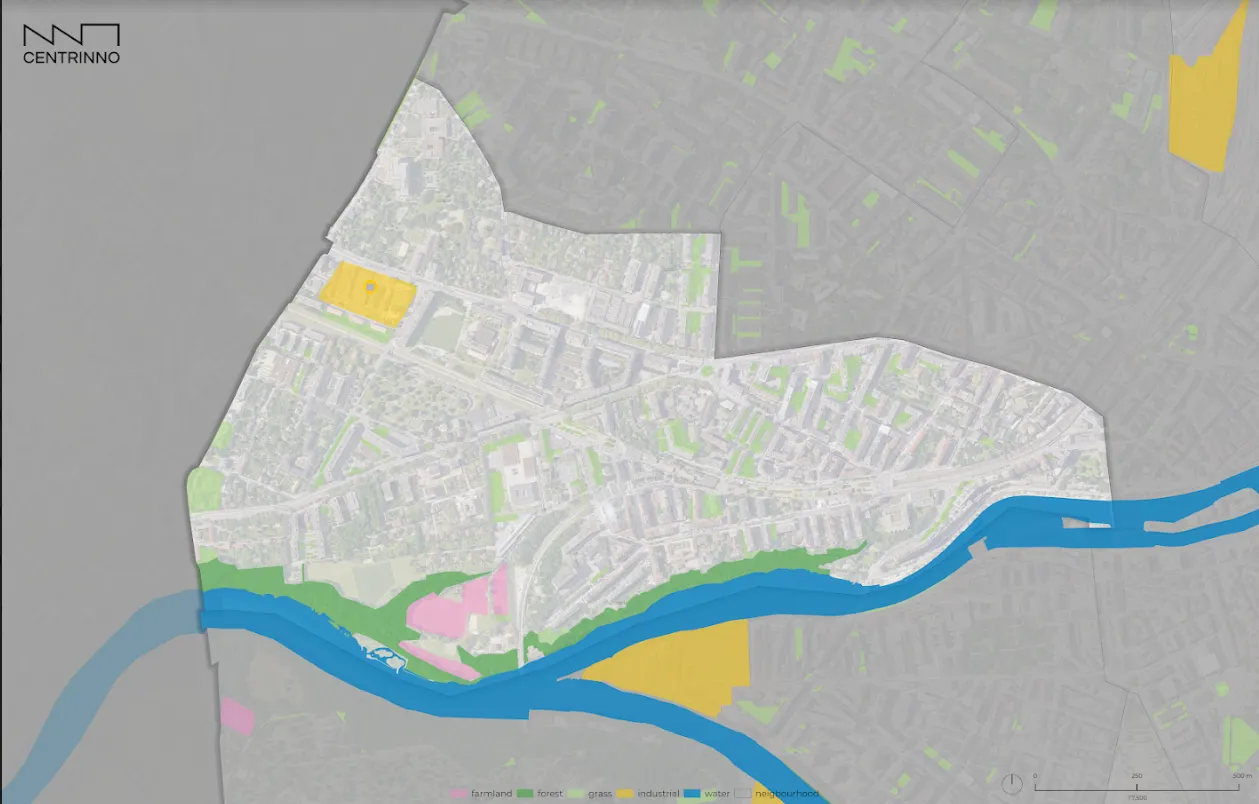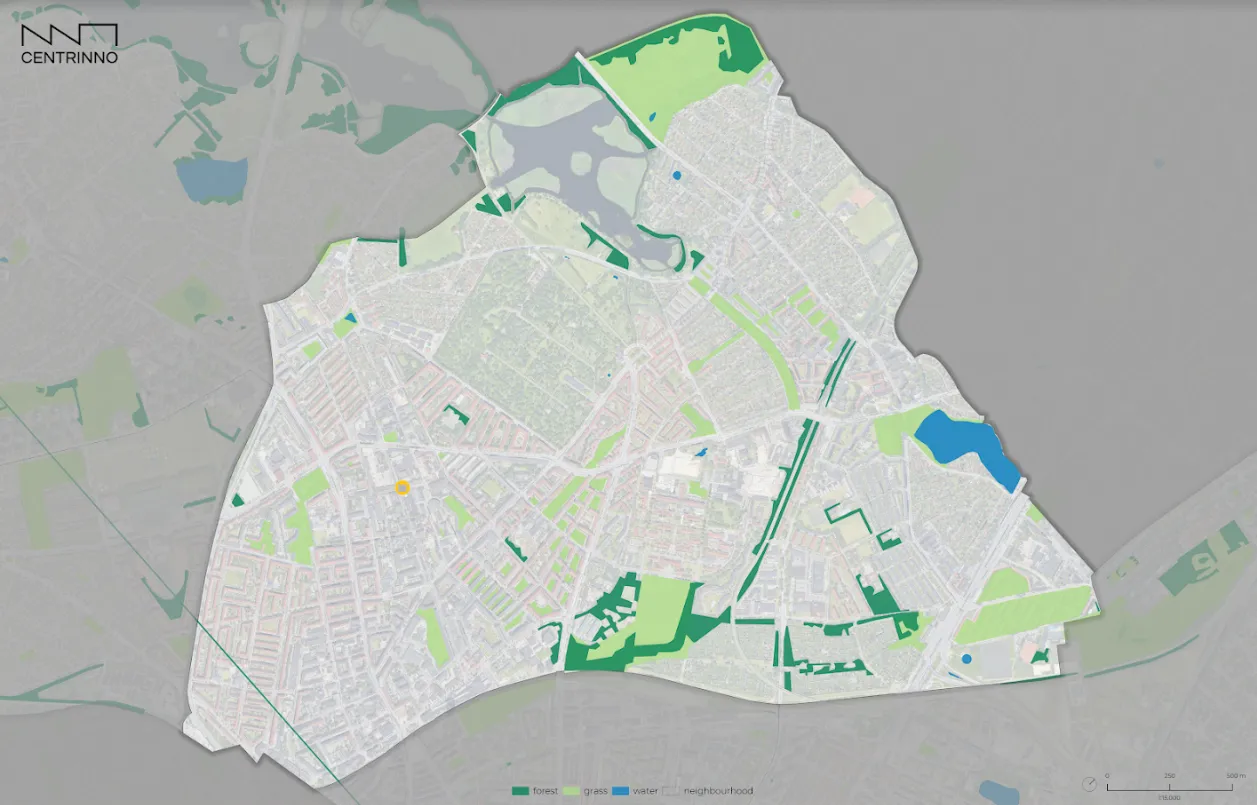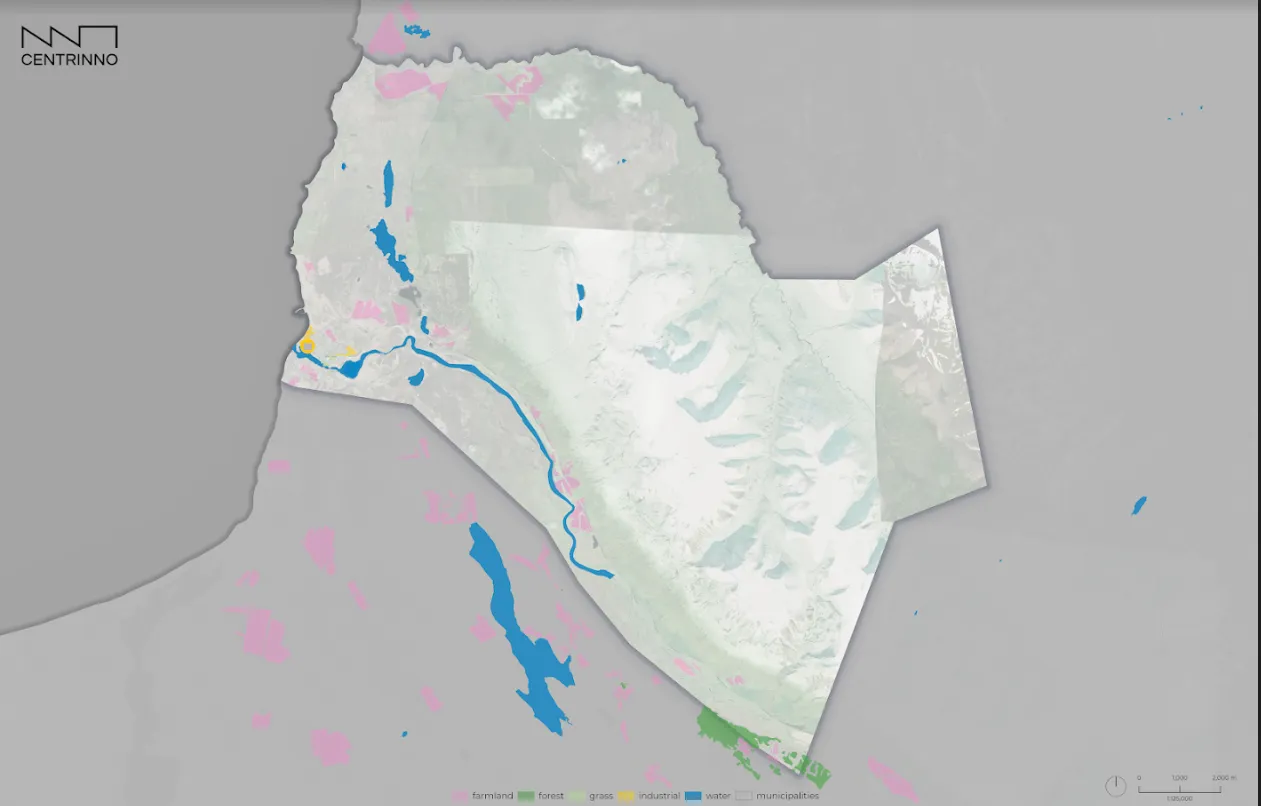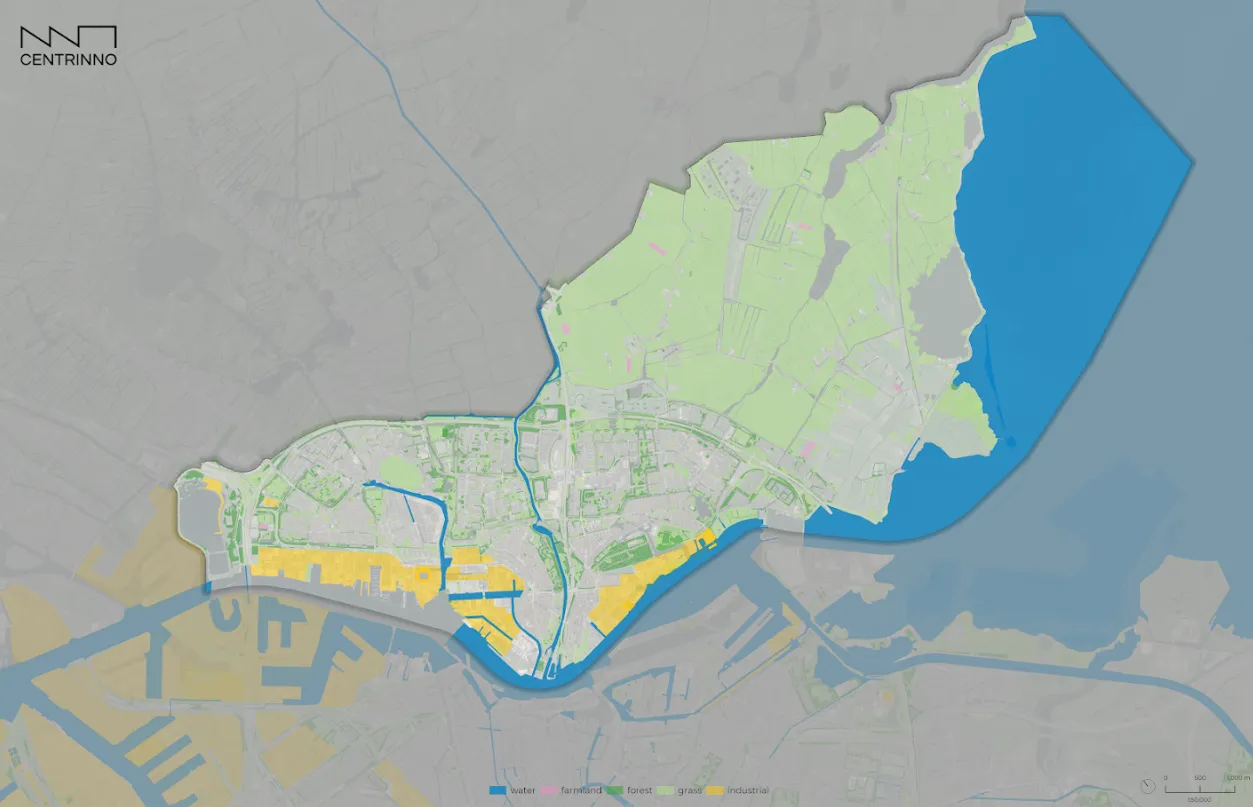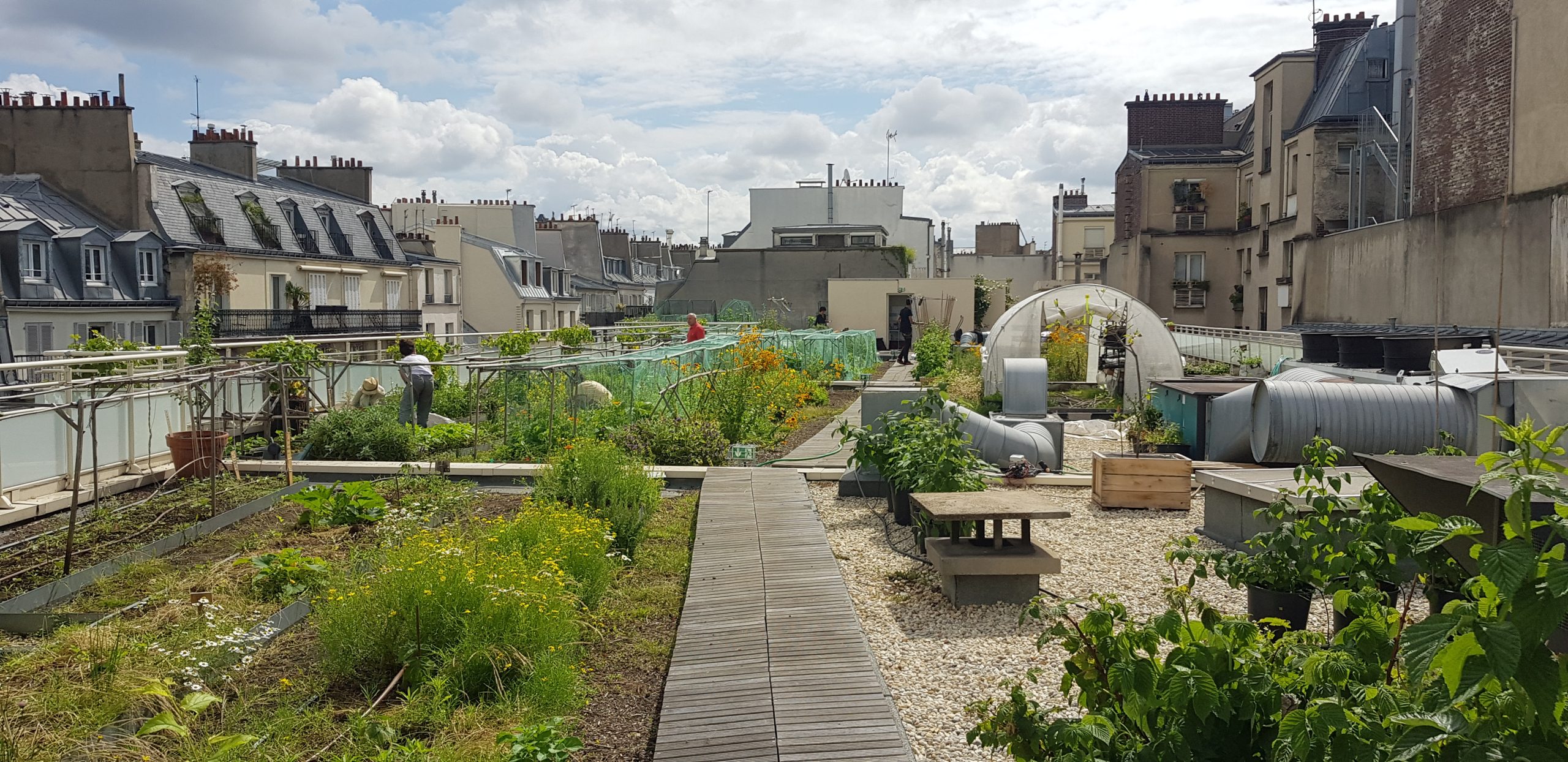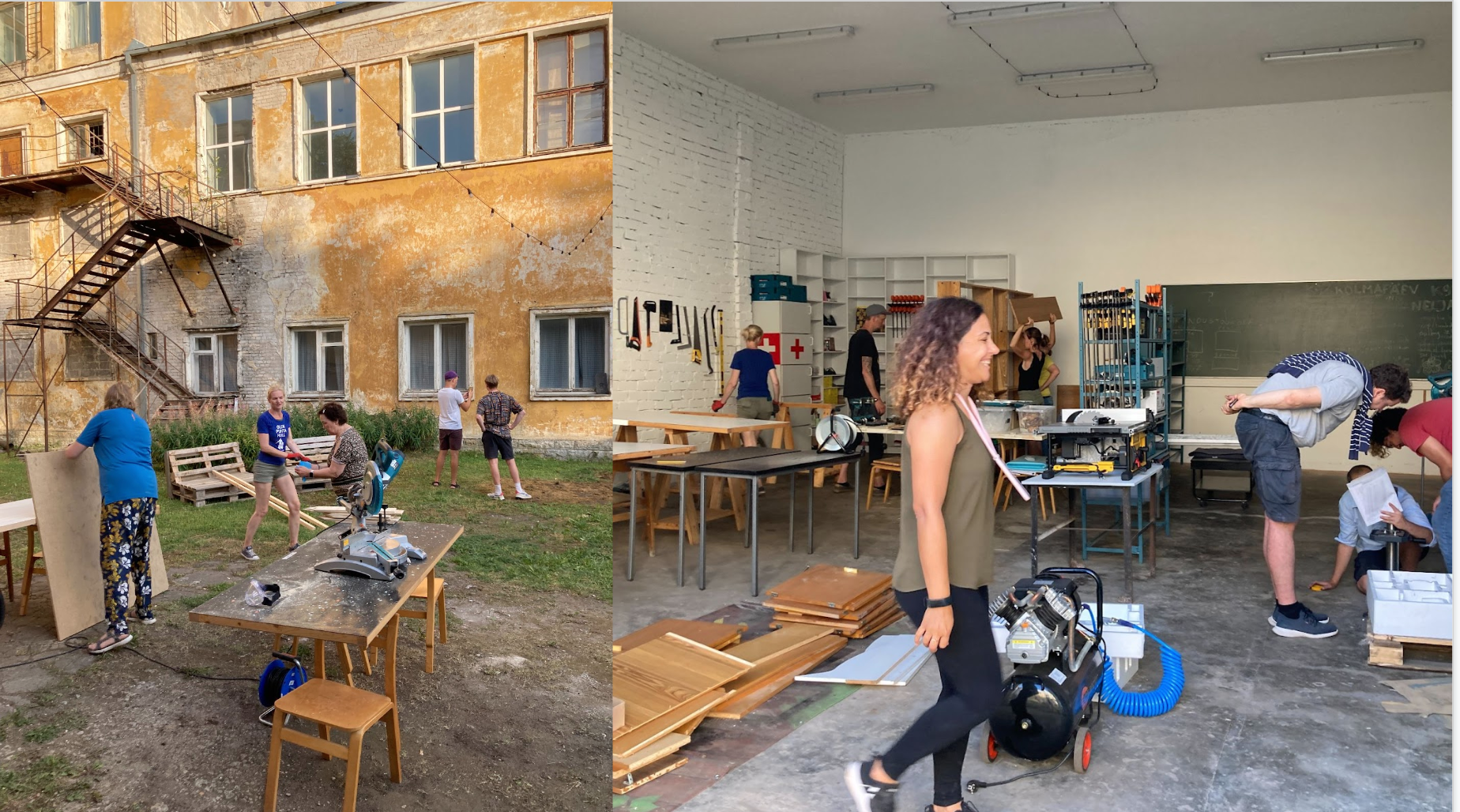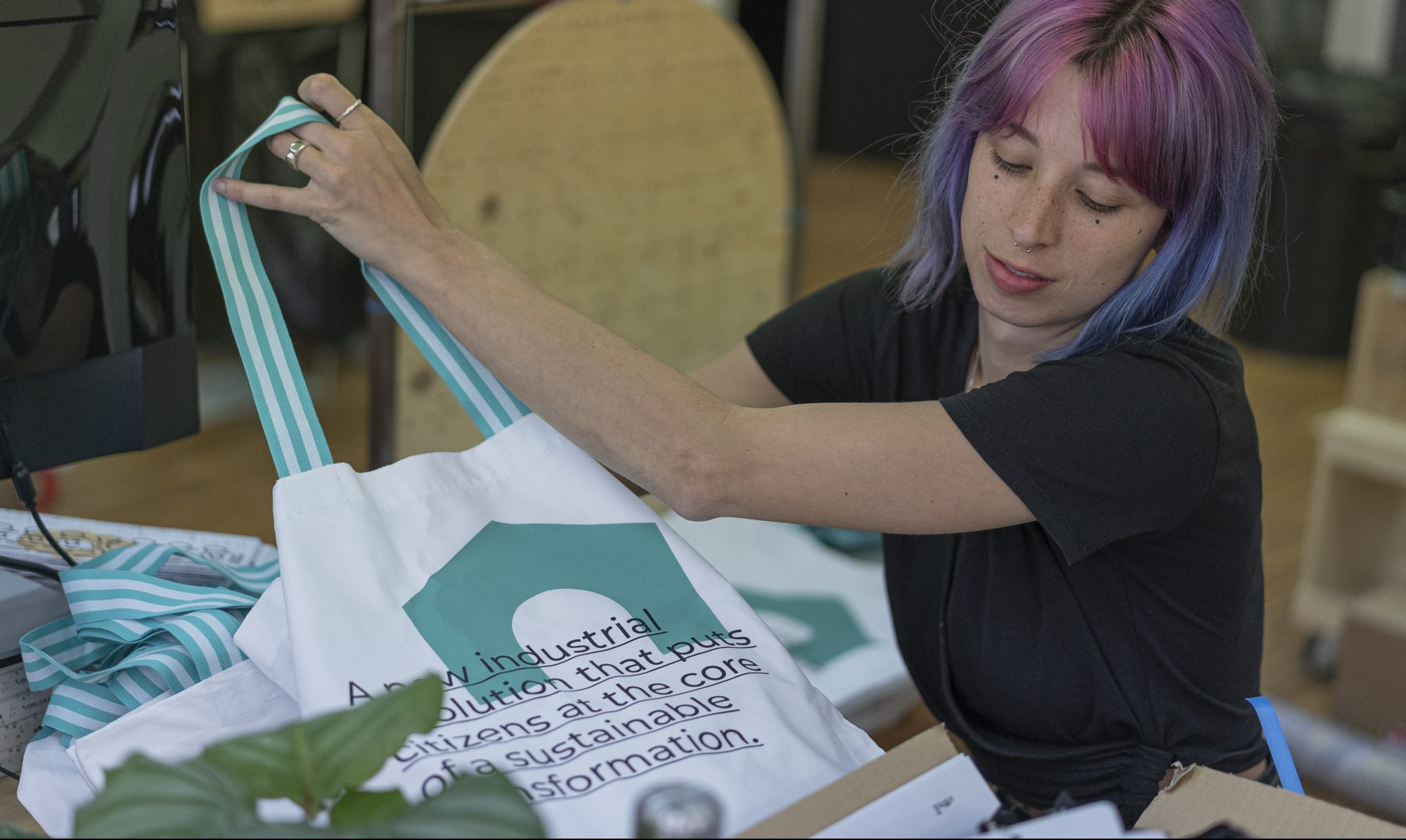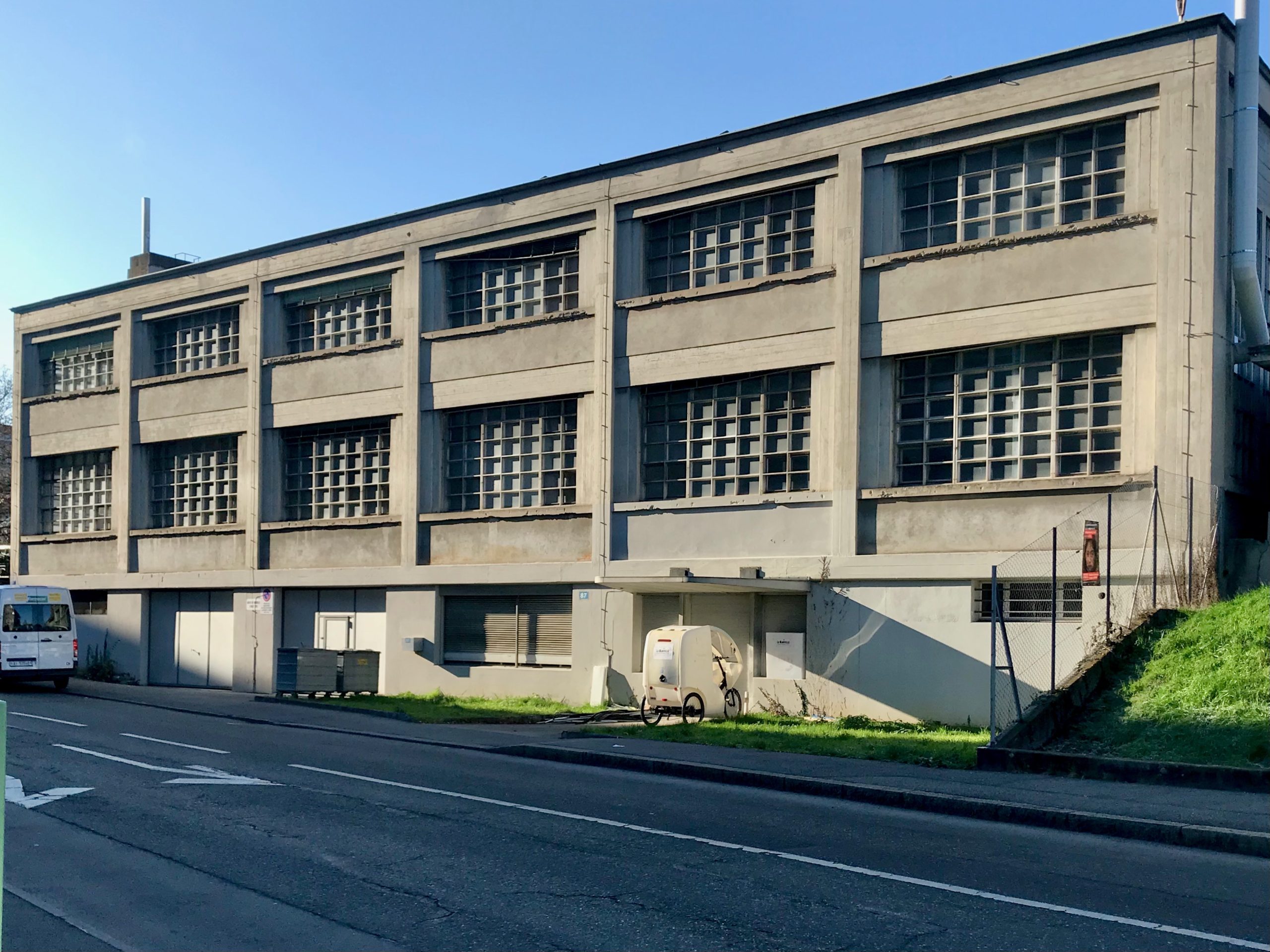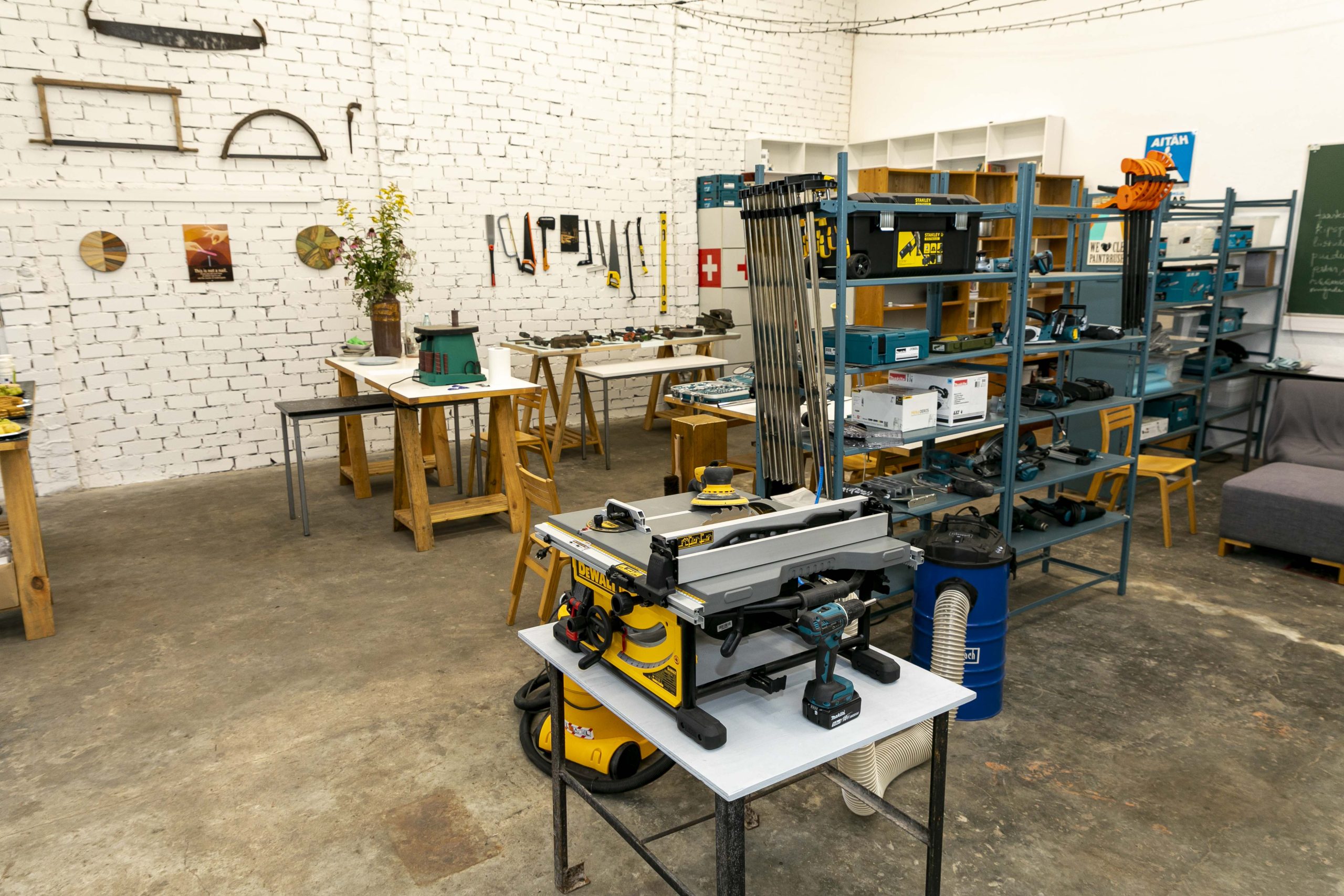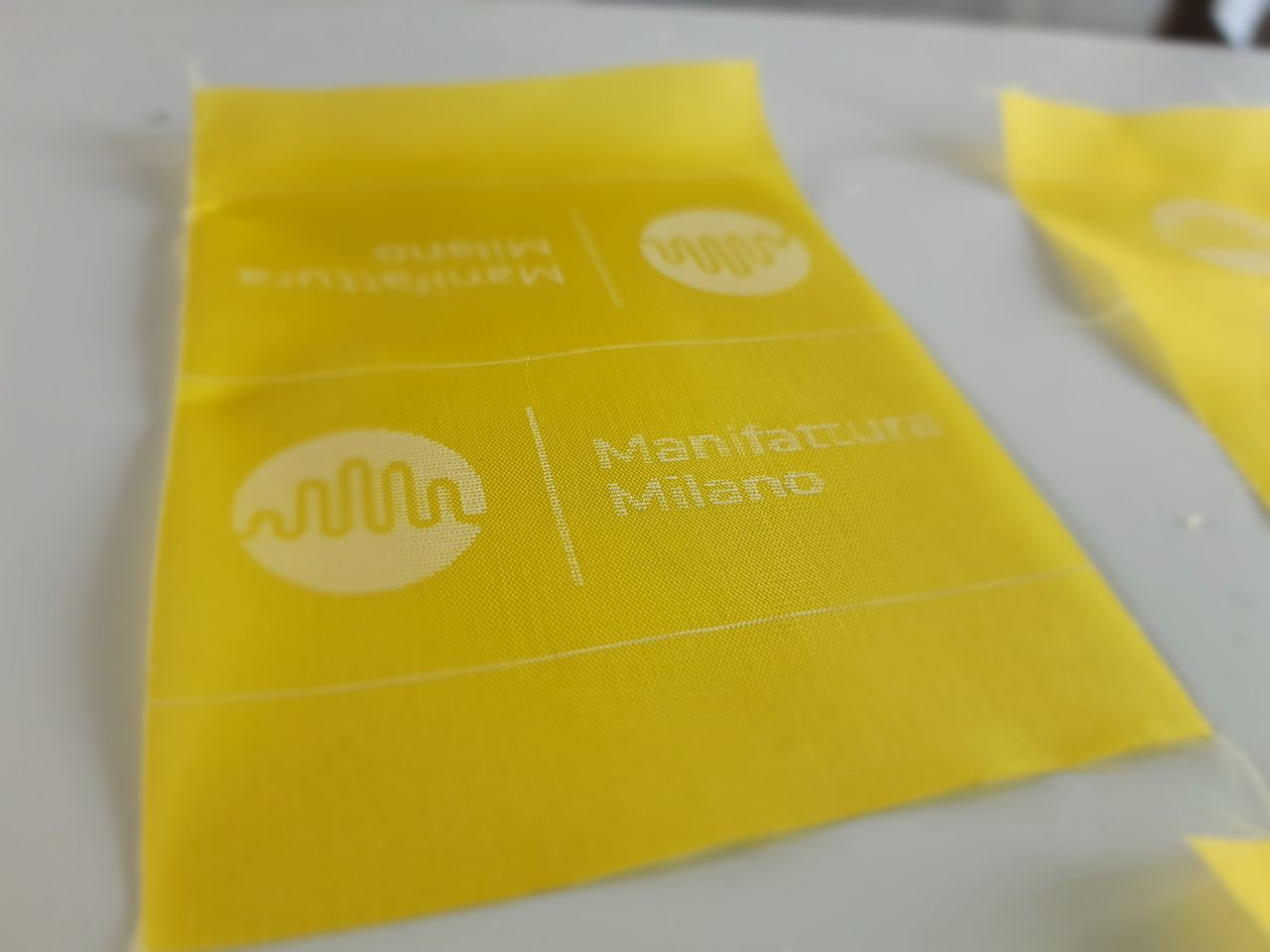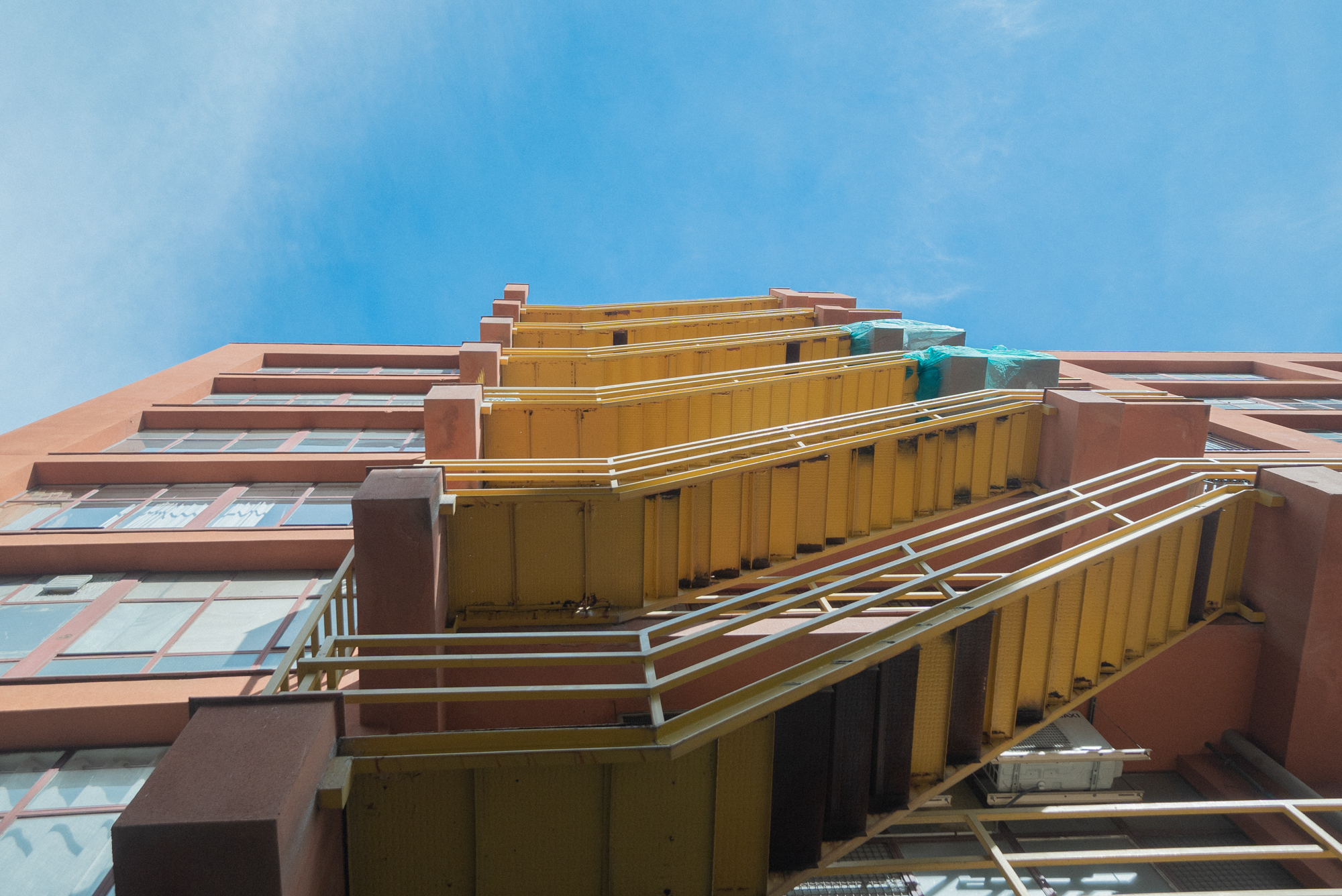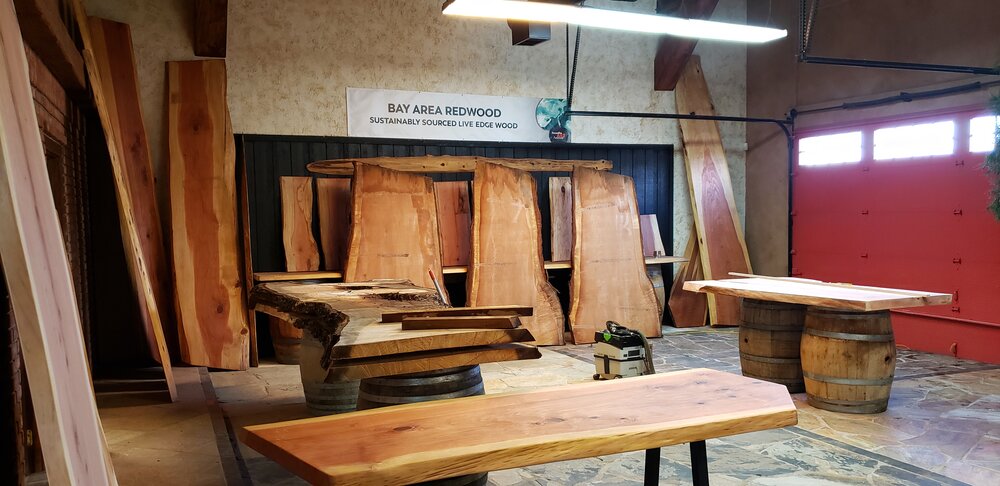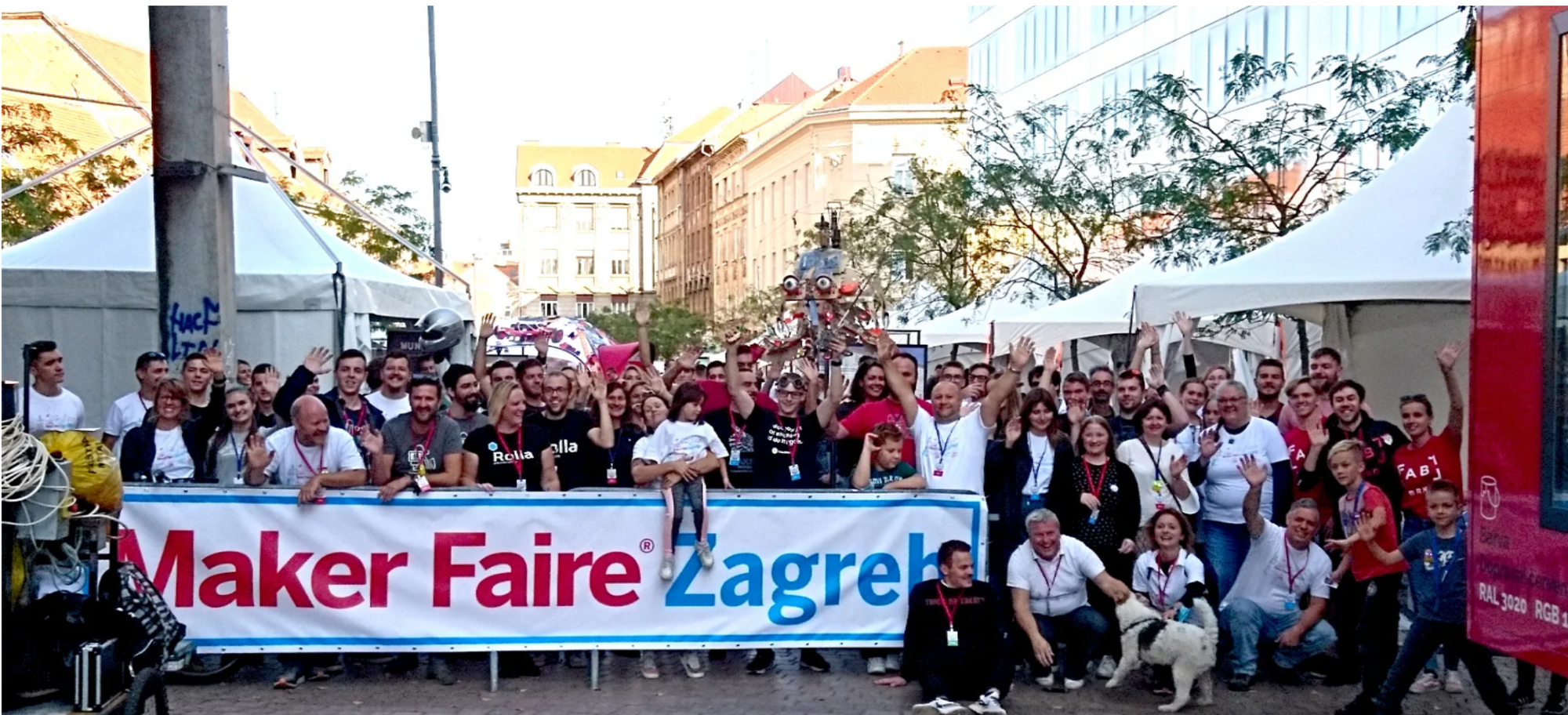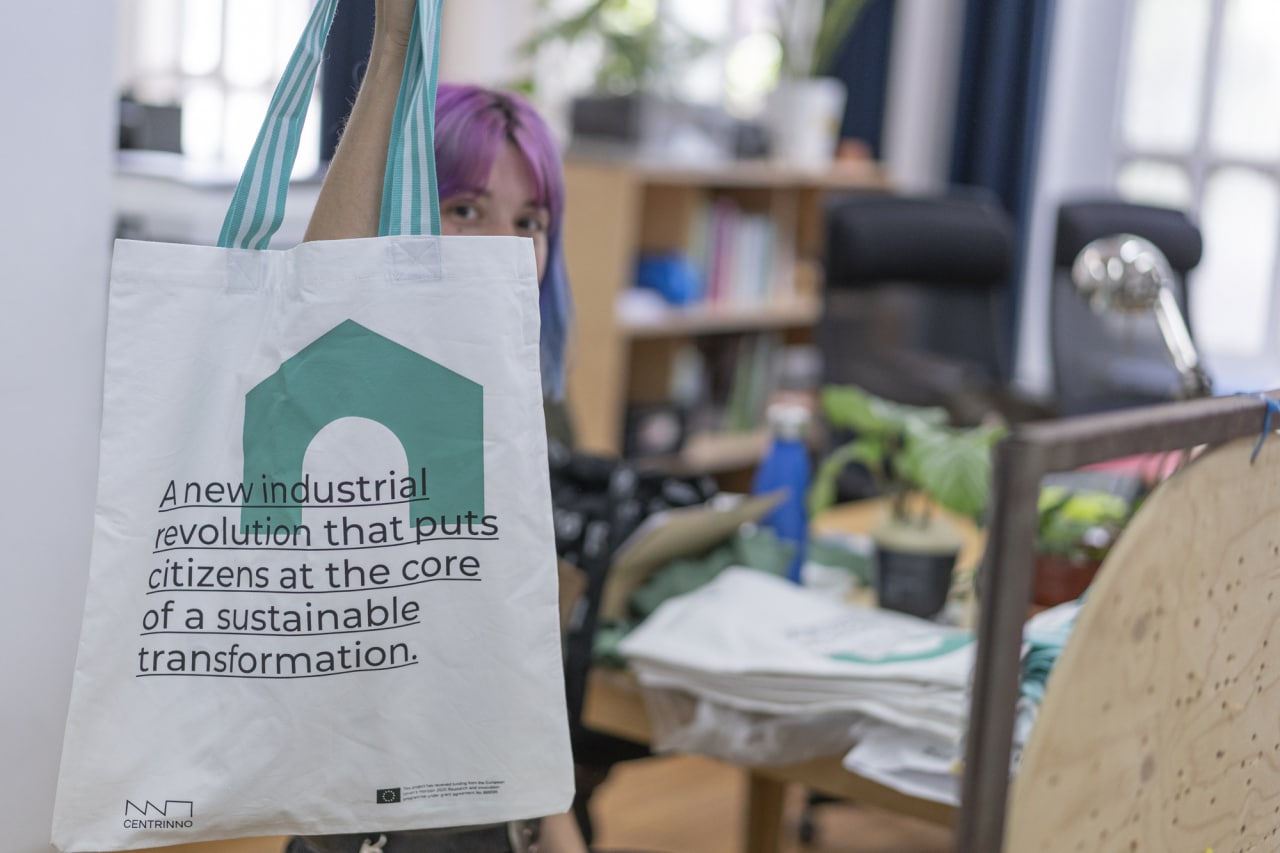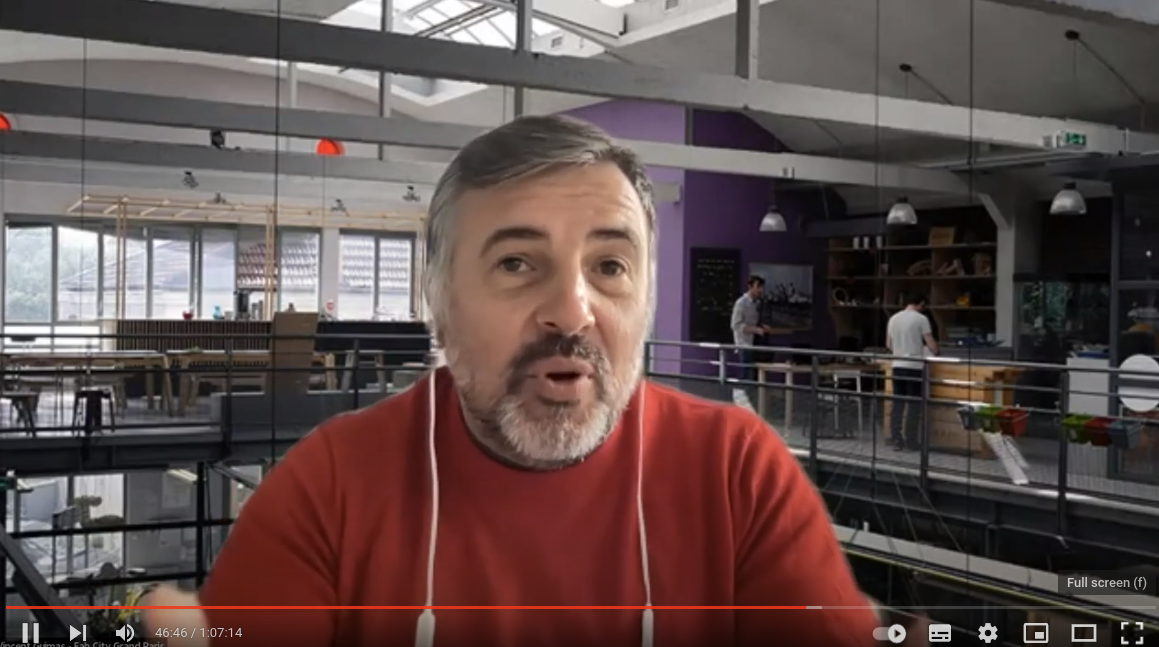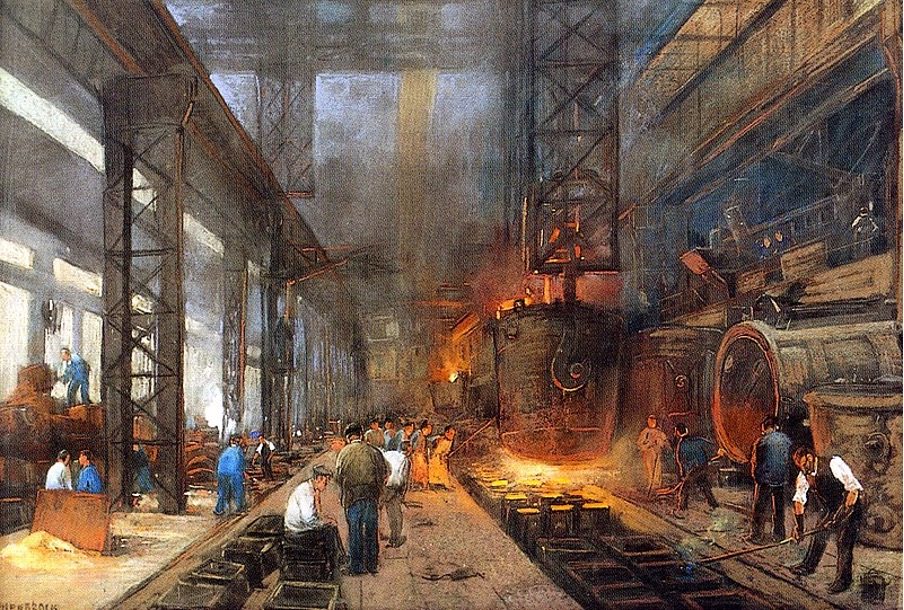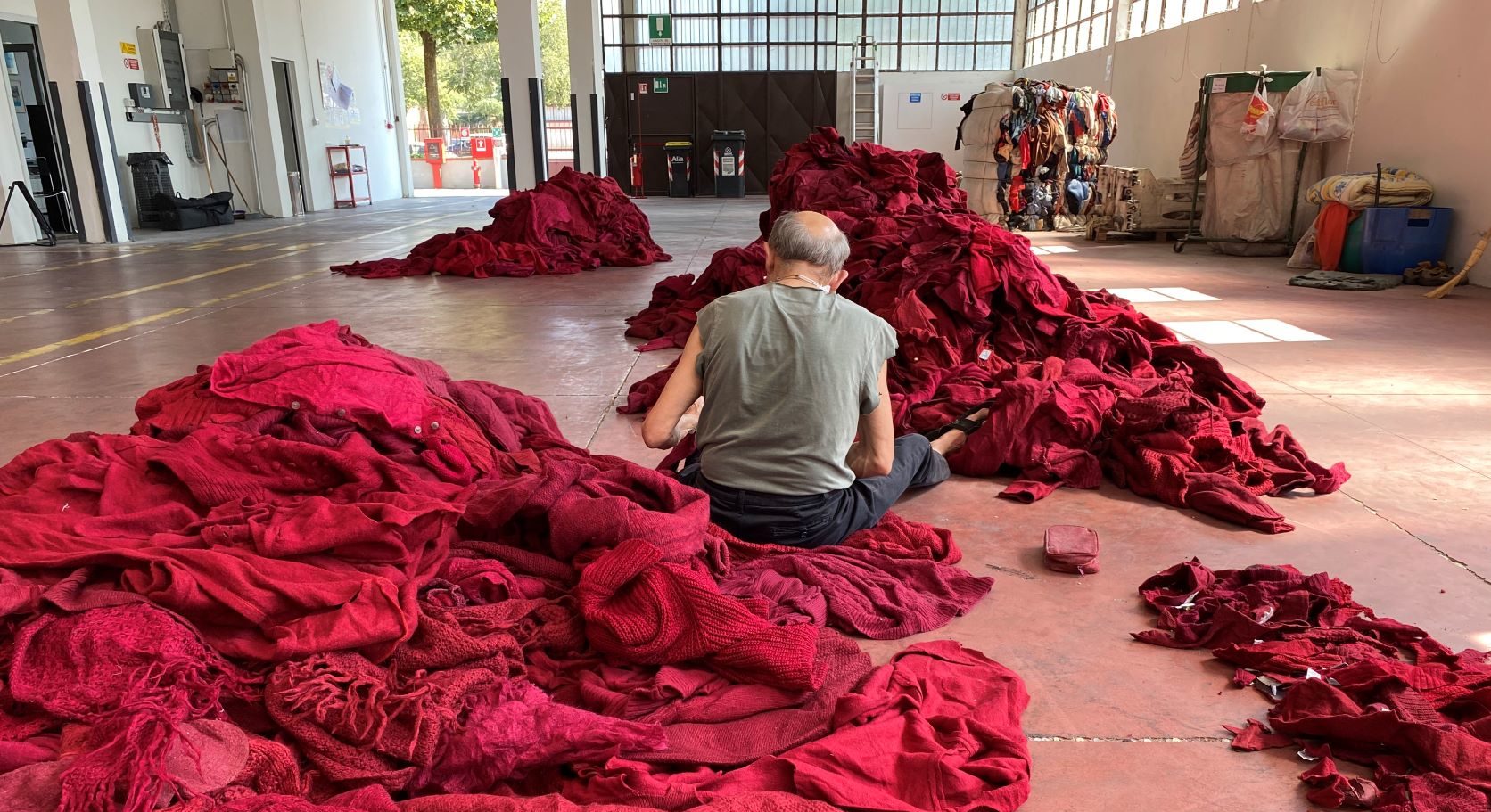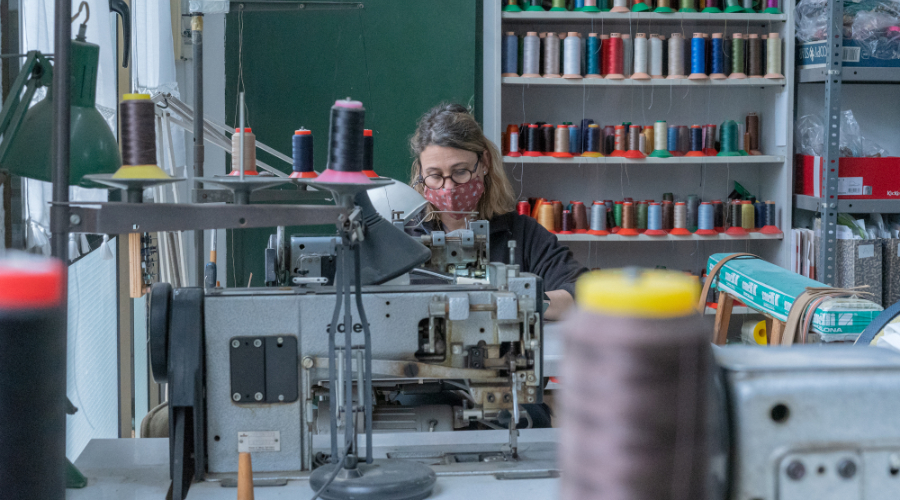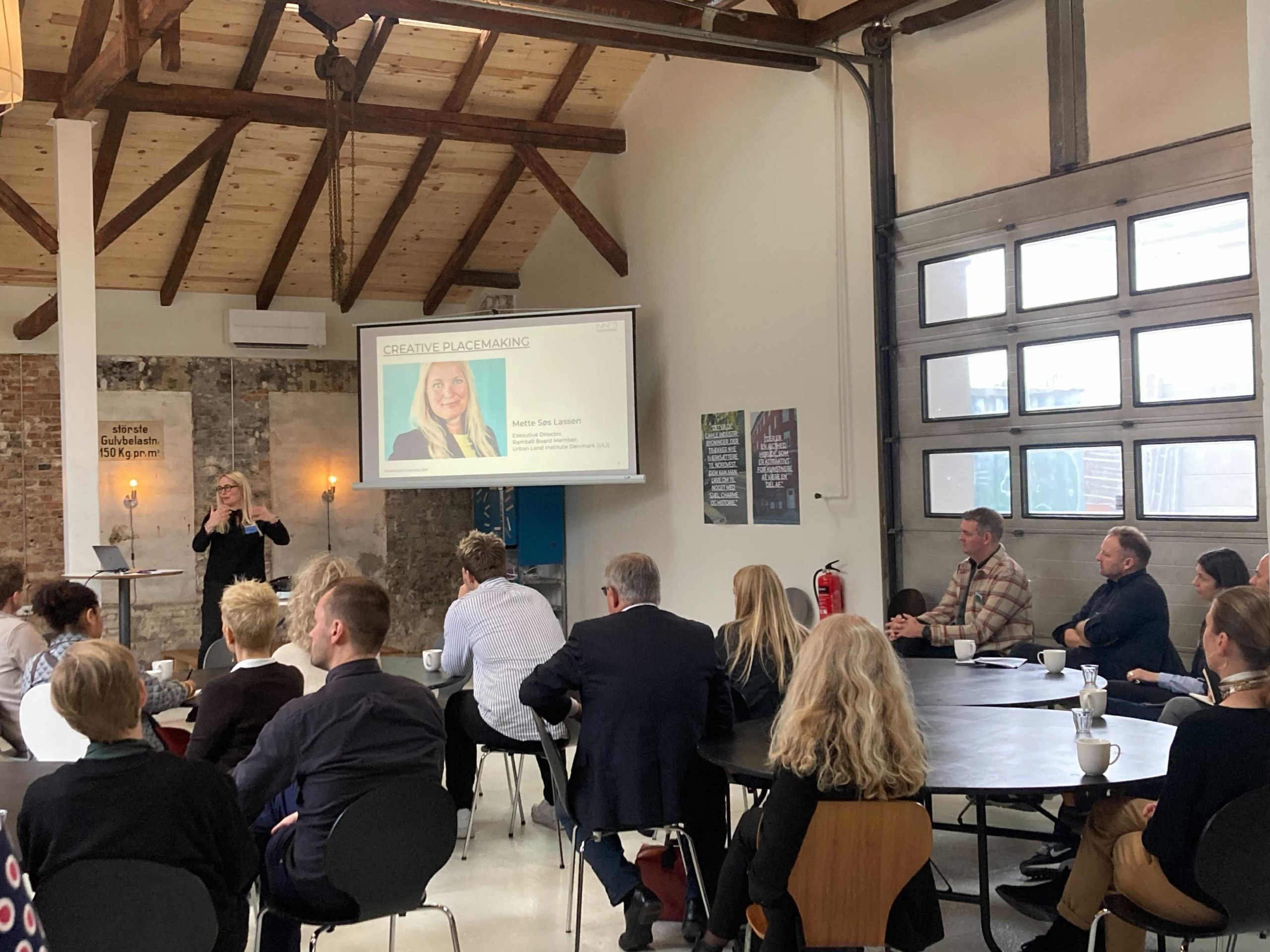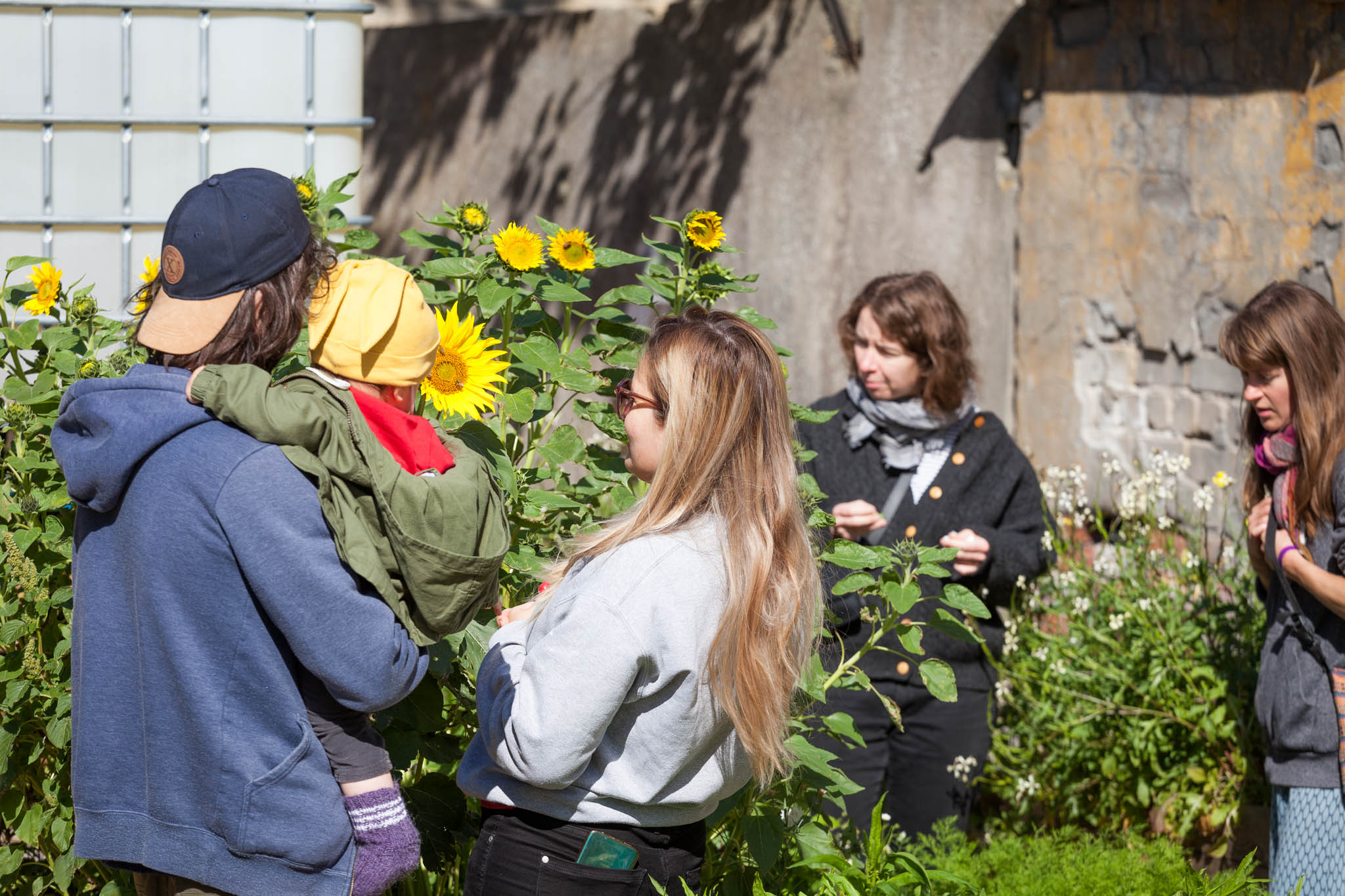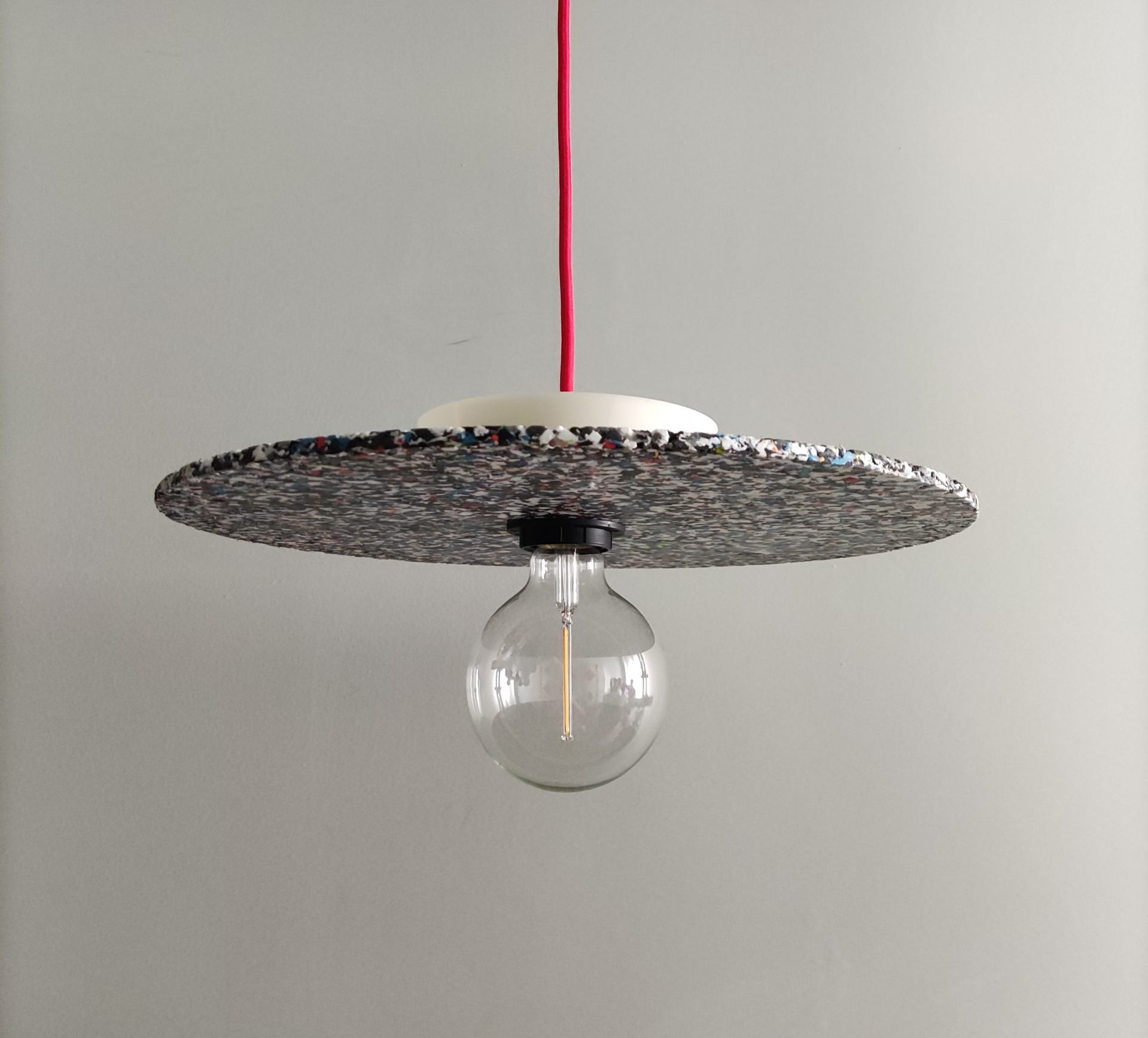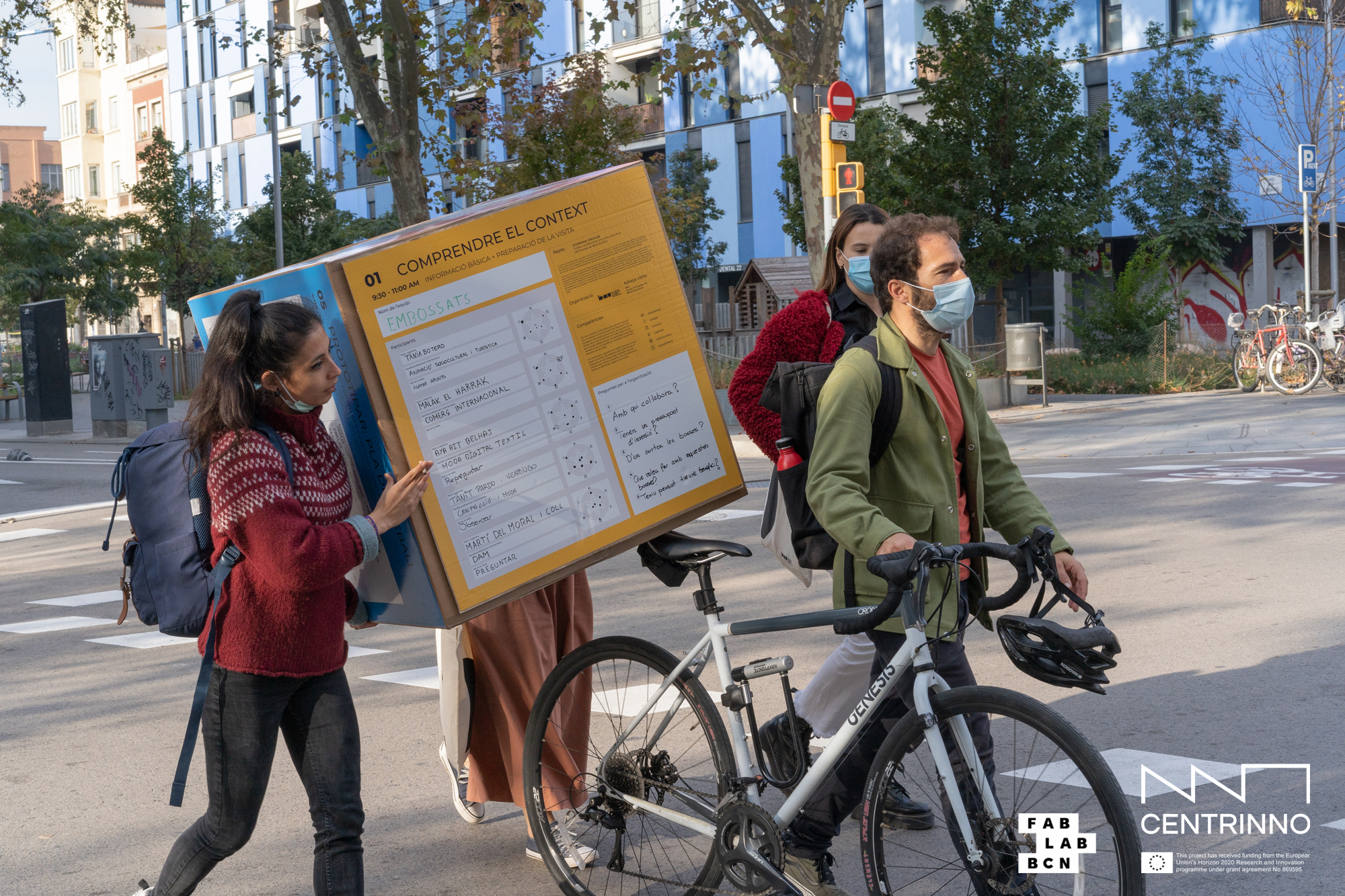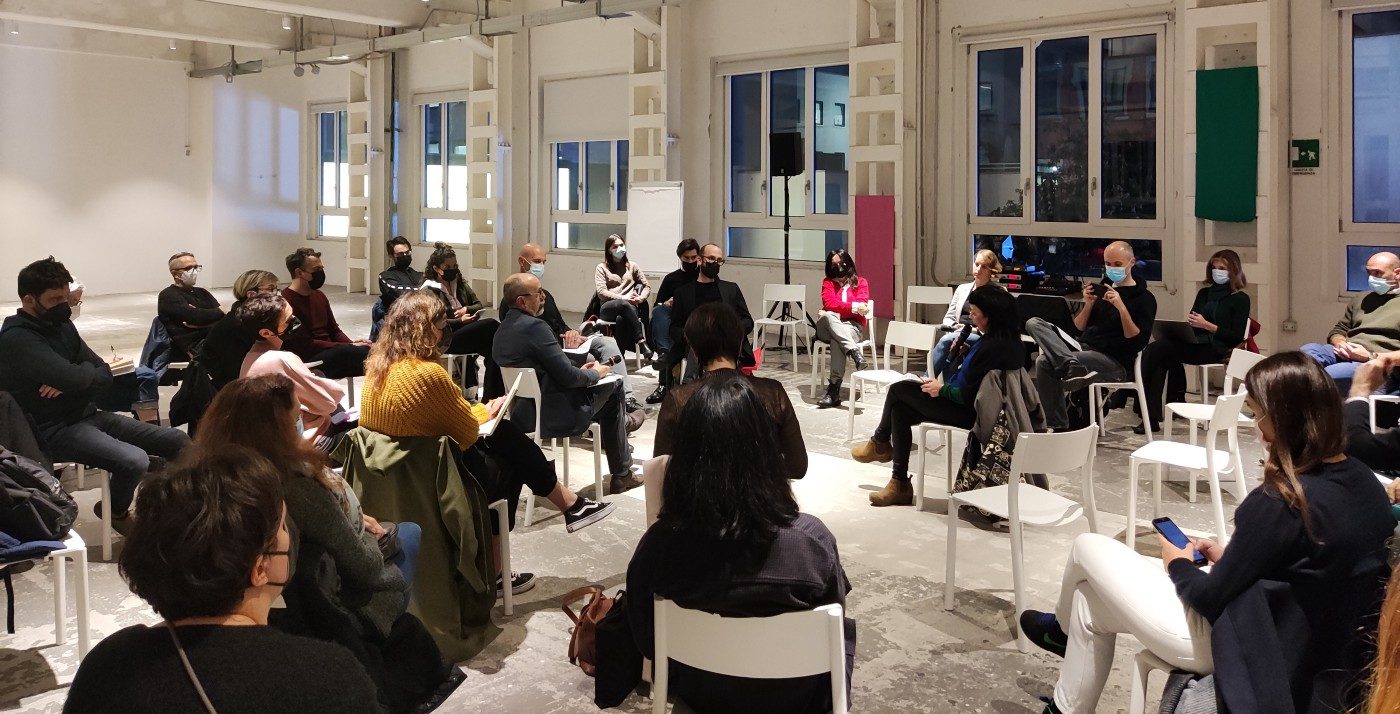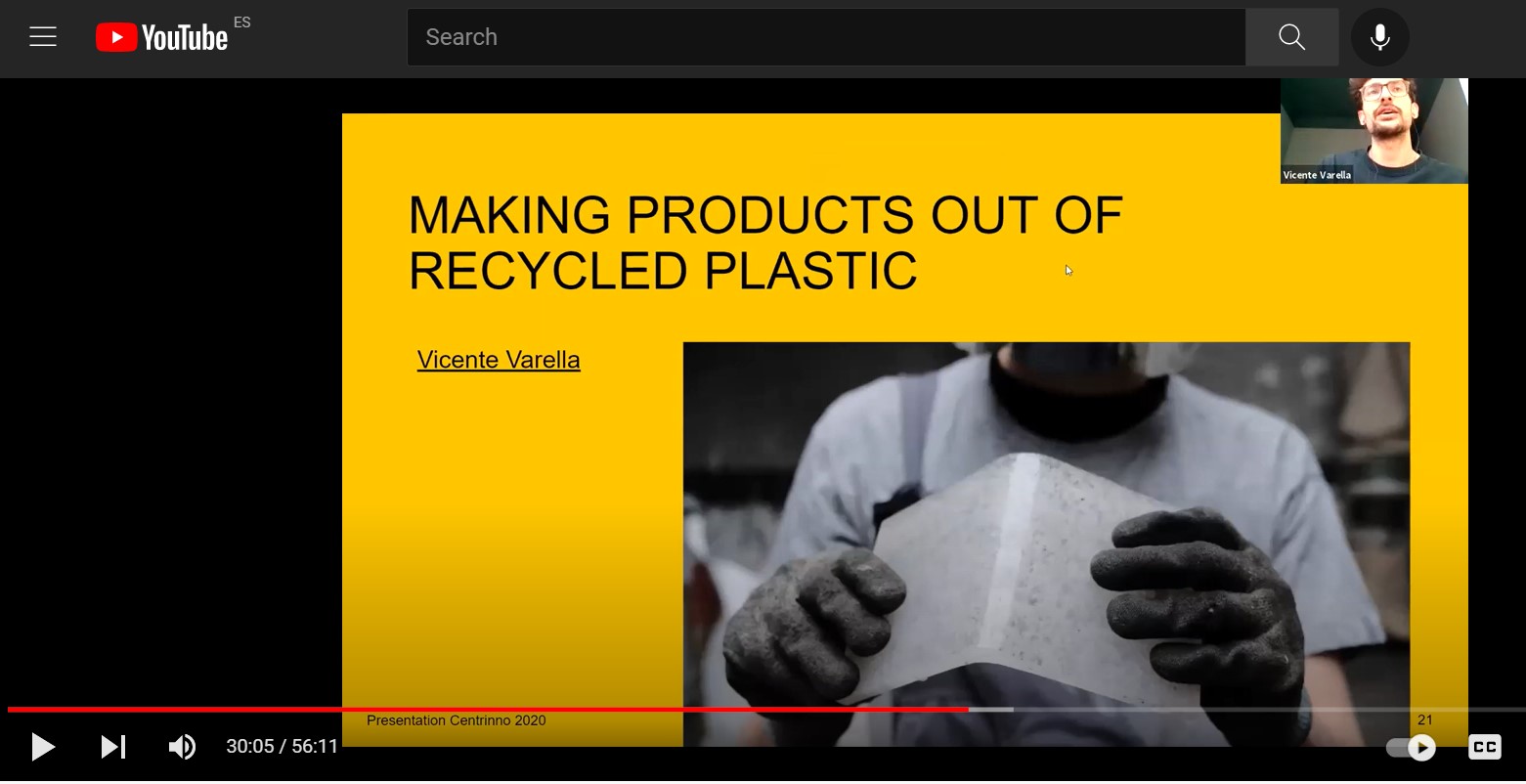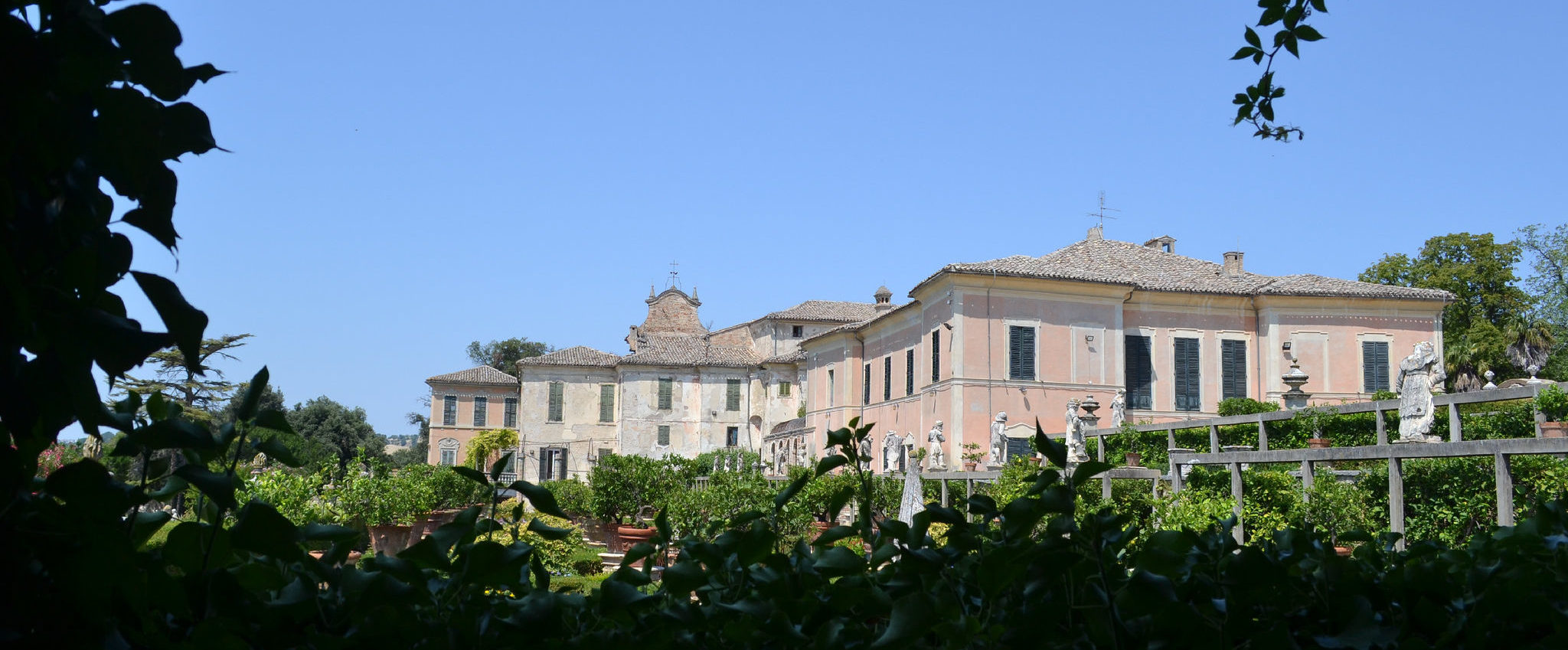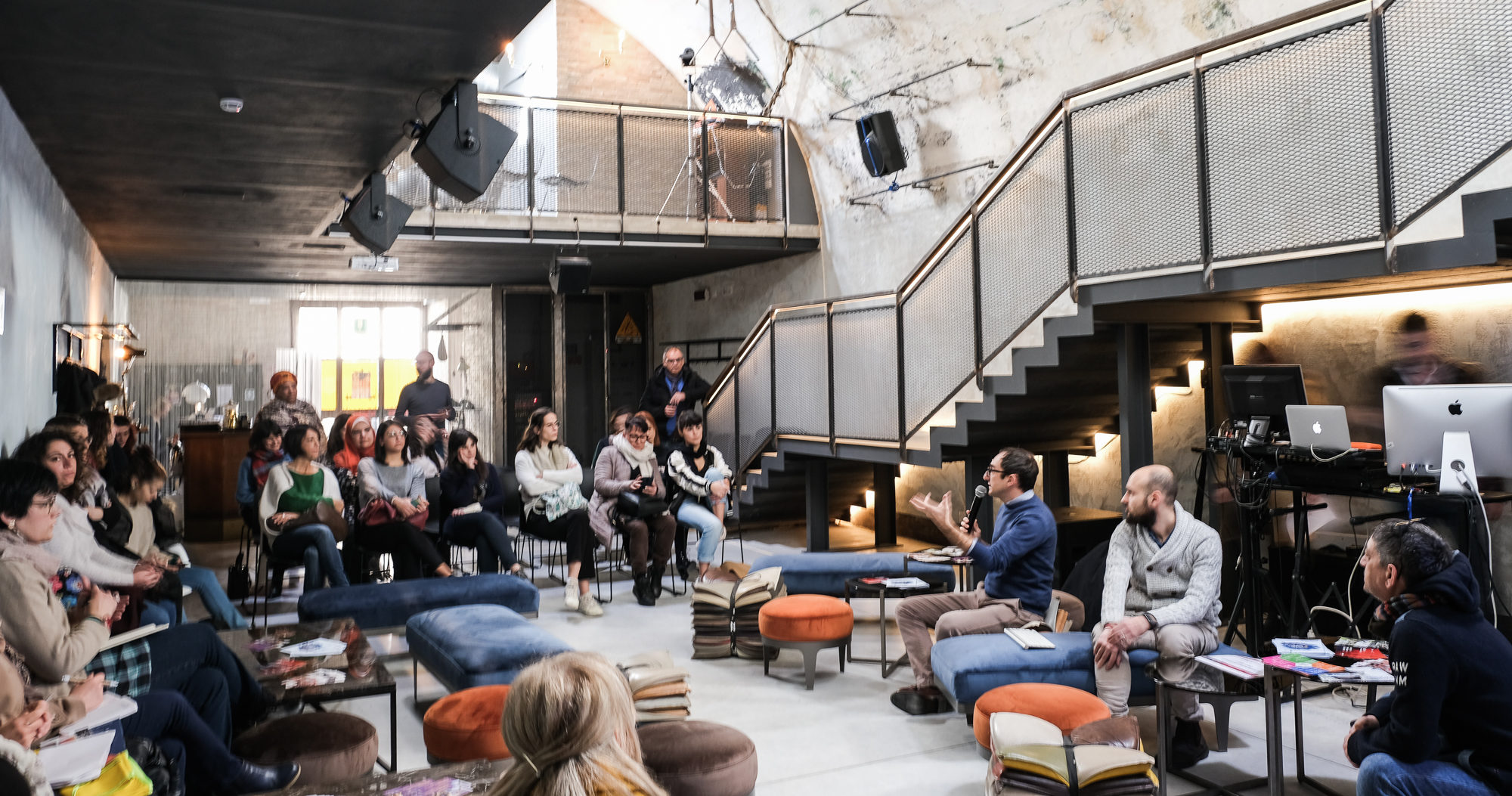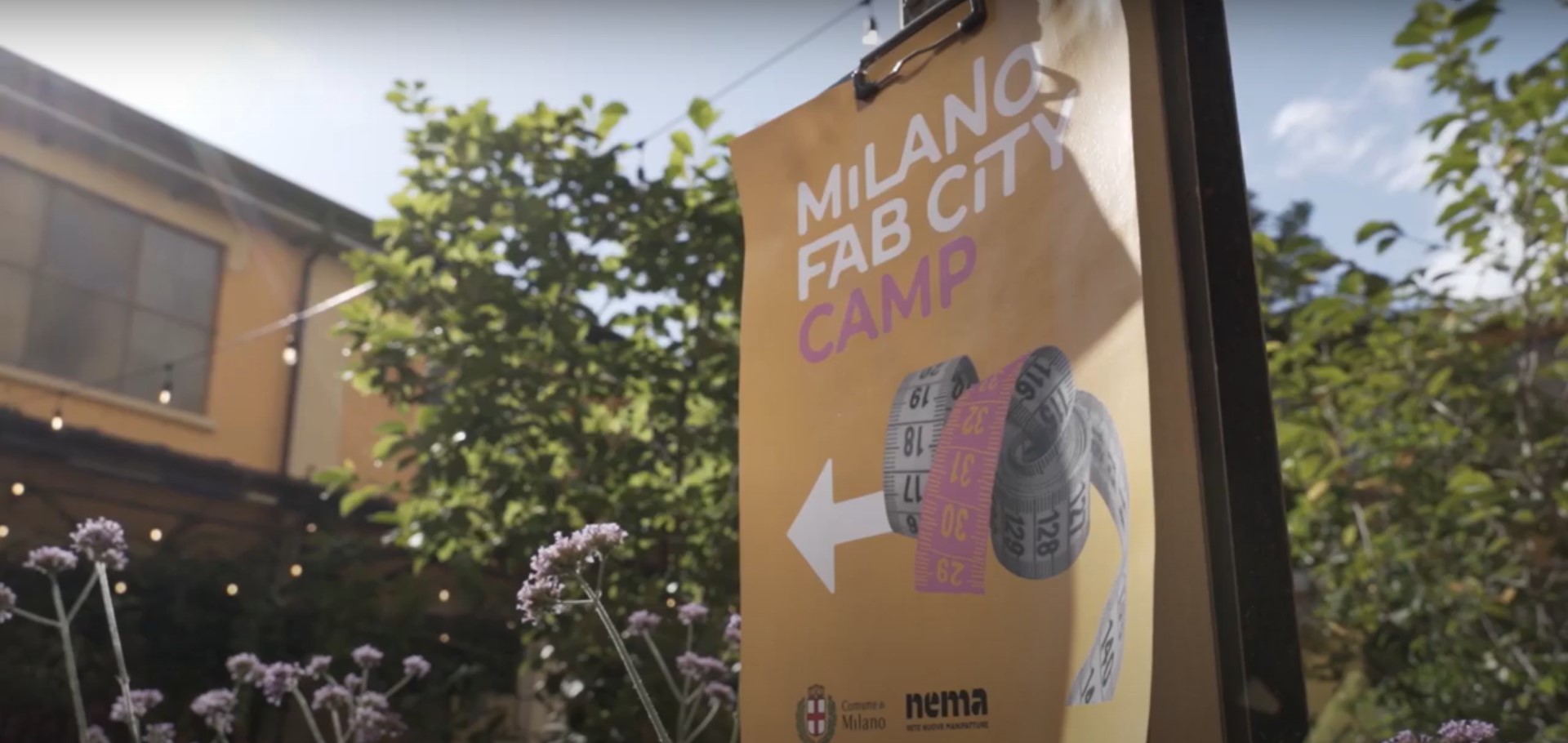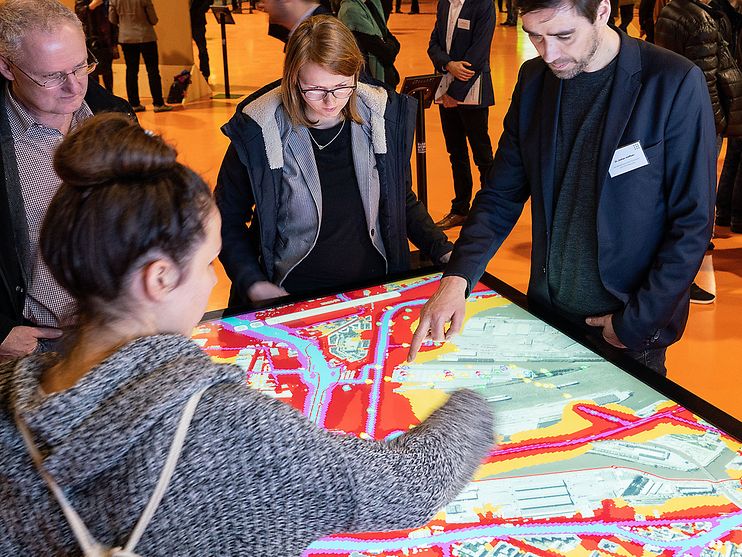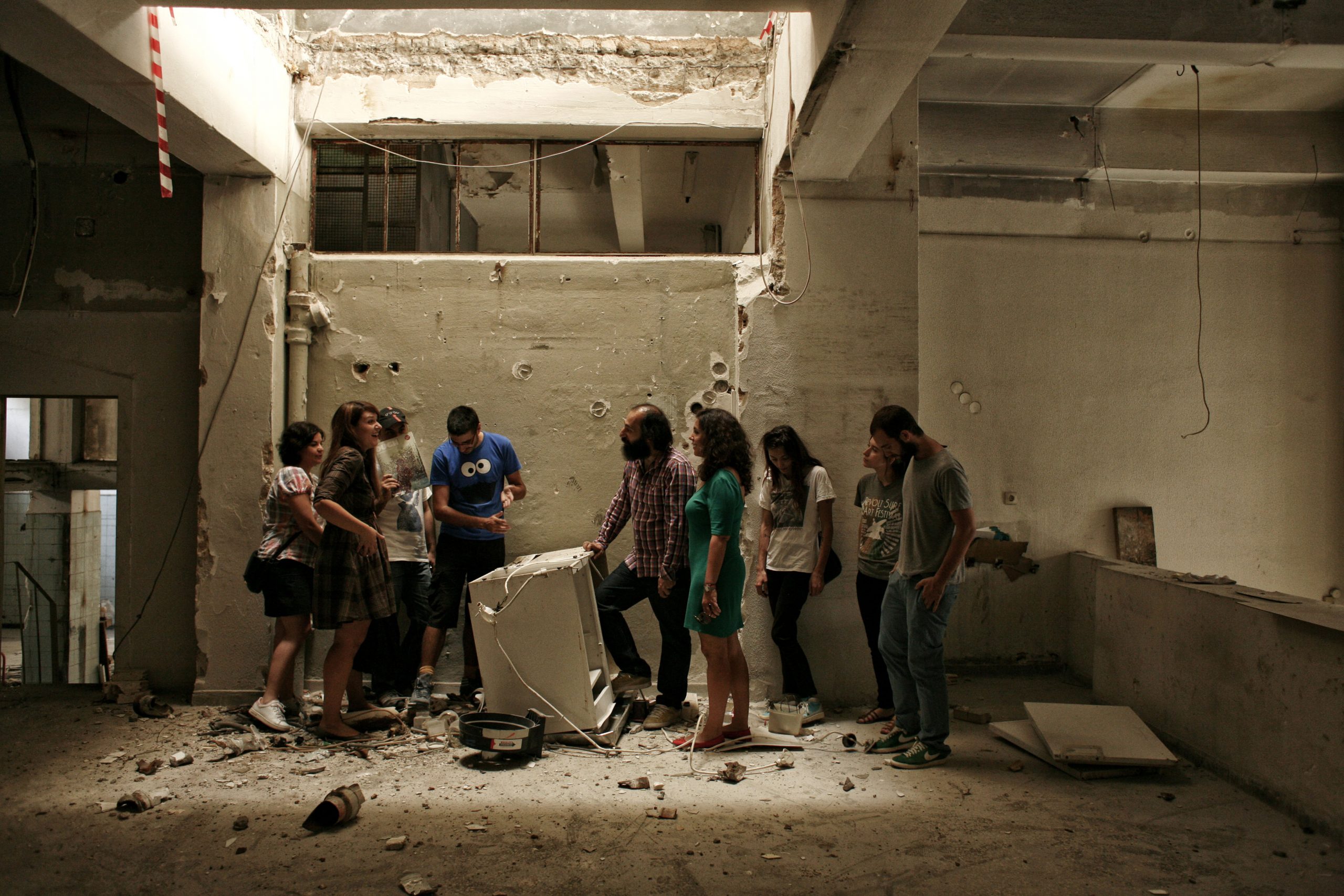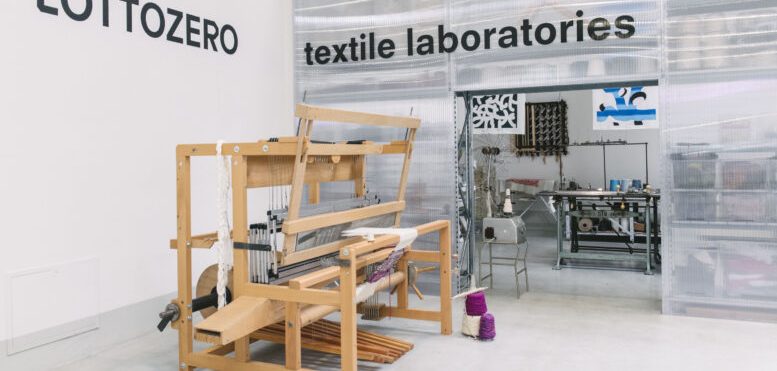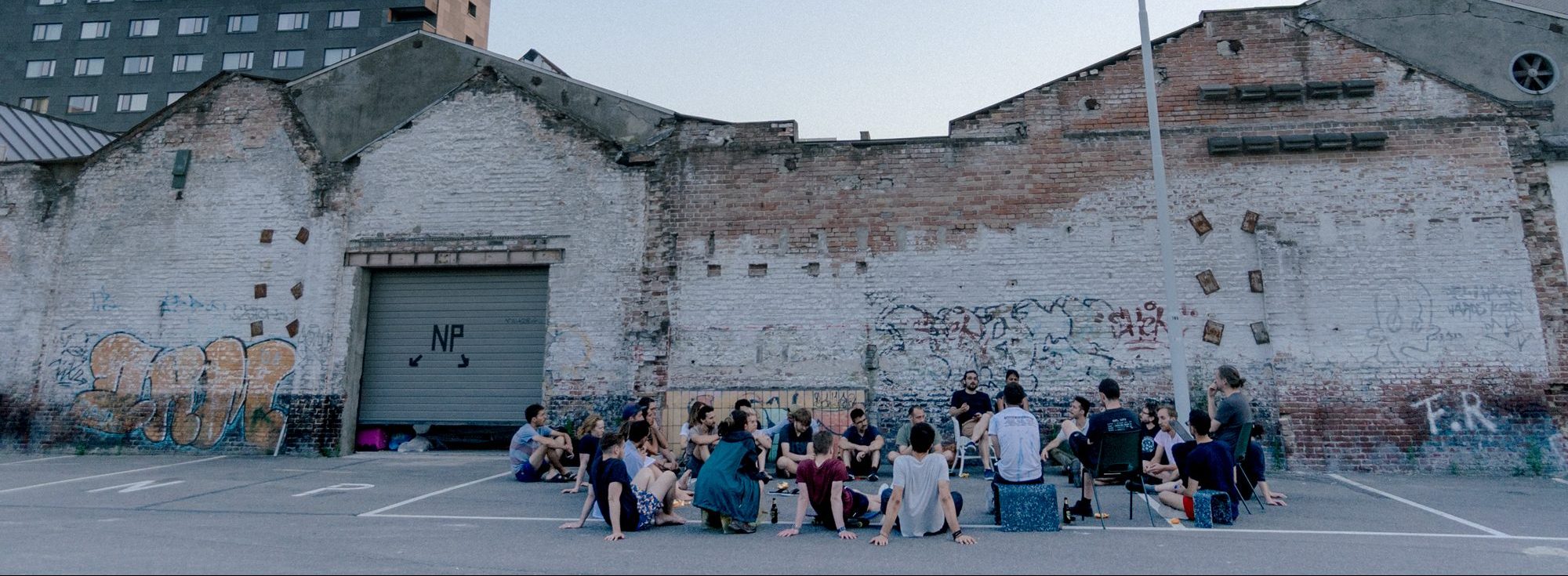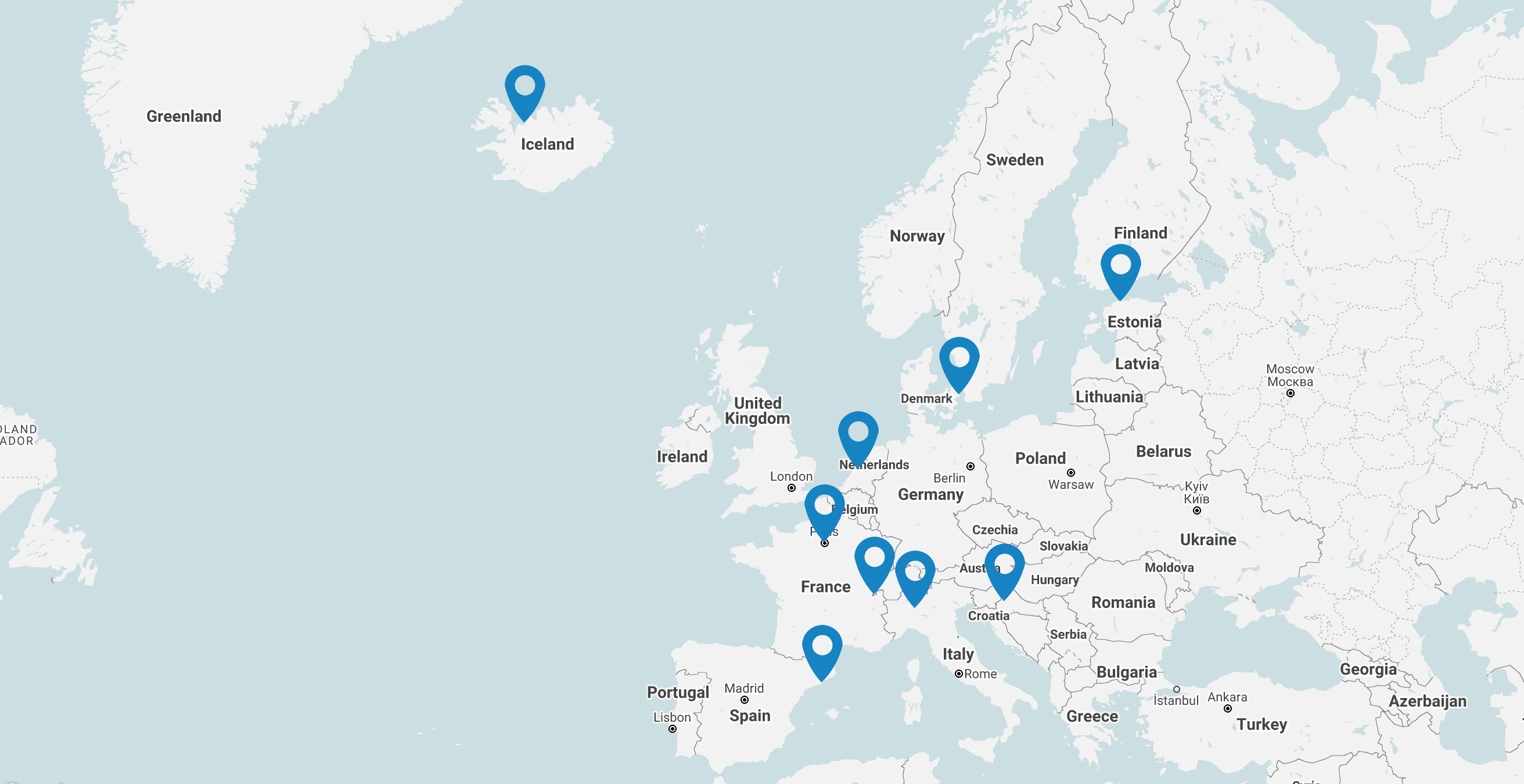BLOG
How to build a strong local community engagement: the regeneration of a former meat factory
How to build a strong local community engagement: the regeneration of a former meat factory
How to build a strong local community engagement: the regeneration of a former meat factory
Reflections after 2 years of the CENTRINNO project in the Zagreb Pilot
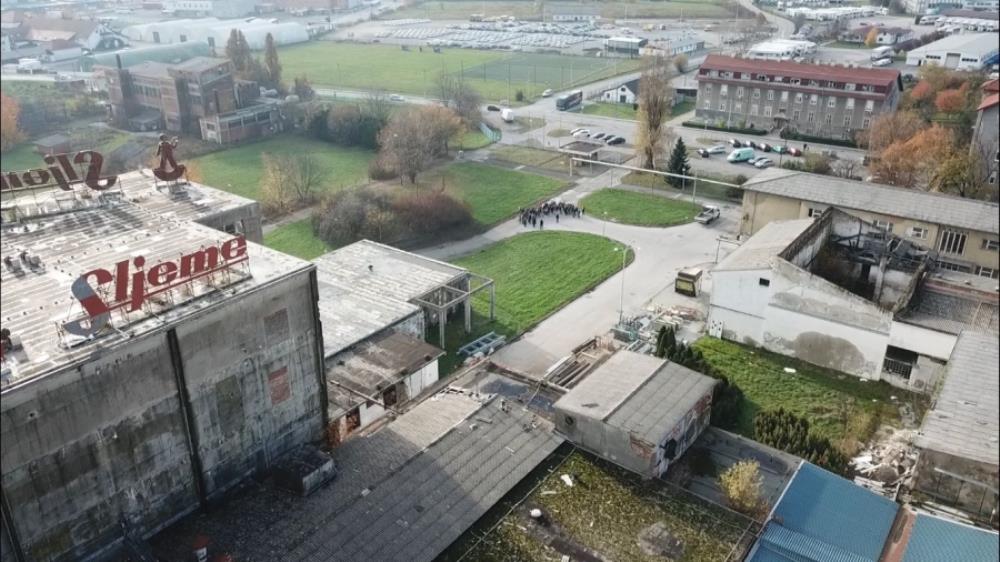
Zagreb Pilot’s activities in the CENTRINNO project are focused on the regeneration of the former meat factory in Sesvete neighborhood. In the Zagreb Pilot one of the partners involved is the Faculty of Architecture, from the University of Zagreb. It has been working on Sesvete topic for several years now, involving the local NGO ZIPS (Zelene I place Sesvete/Green & Blue Sesvete), and Fablab Zagreb, with a focus on HUb_S multi-purpose usage to meet community engagement requirements for Sesvete.
In the first two years of the project the focus was on how to re-engage local community by focusing on activities for the general public, identifying interested actors, mapping resources. During the second sprint, activities were more focused on specific actors in relation to the main key concepts of the CENTRINNO Pilot Zagreb’s activities.
- Circular economy
The whole process in Zagreb Pilot is related to circular economy on several levels. The former “Sljeme” meat factory is reused as a brownfield location. While mapping and evaluating buildings, three categories of buildings were defined in the process. The former HQ building is planned to become Fab City HUB_S, while some buildings will be used for different purposes, such as school music. Finally, the rest of the buildings with some evaluation would be disassembled and reused as building materials on the site. This is actually a big resource which is subject to activities related to innovative products and services planned in the hub. Some of the materials, such as glass, is recognized as a valuable and specific resource to be used for further development.
- Cultural Heritage
The heritage concept is present on two levels. First, the brownfield location of former meat factory is identified as heritage, and some of the buildings are evaluated as more significant for the participation process for the local community. CENTRINNO’s activities included emotional networks, but the team from the Faculty of Architecture University of Zagreb had also implemented its own methodology called “city acupuncture”, focused on small interventions in the neighborhood. Both processes resulted in more engaged citizens in the decision prices and in the support for the proposal.
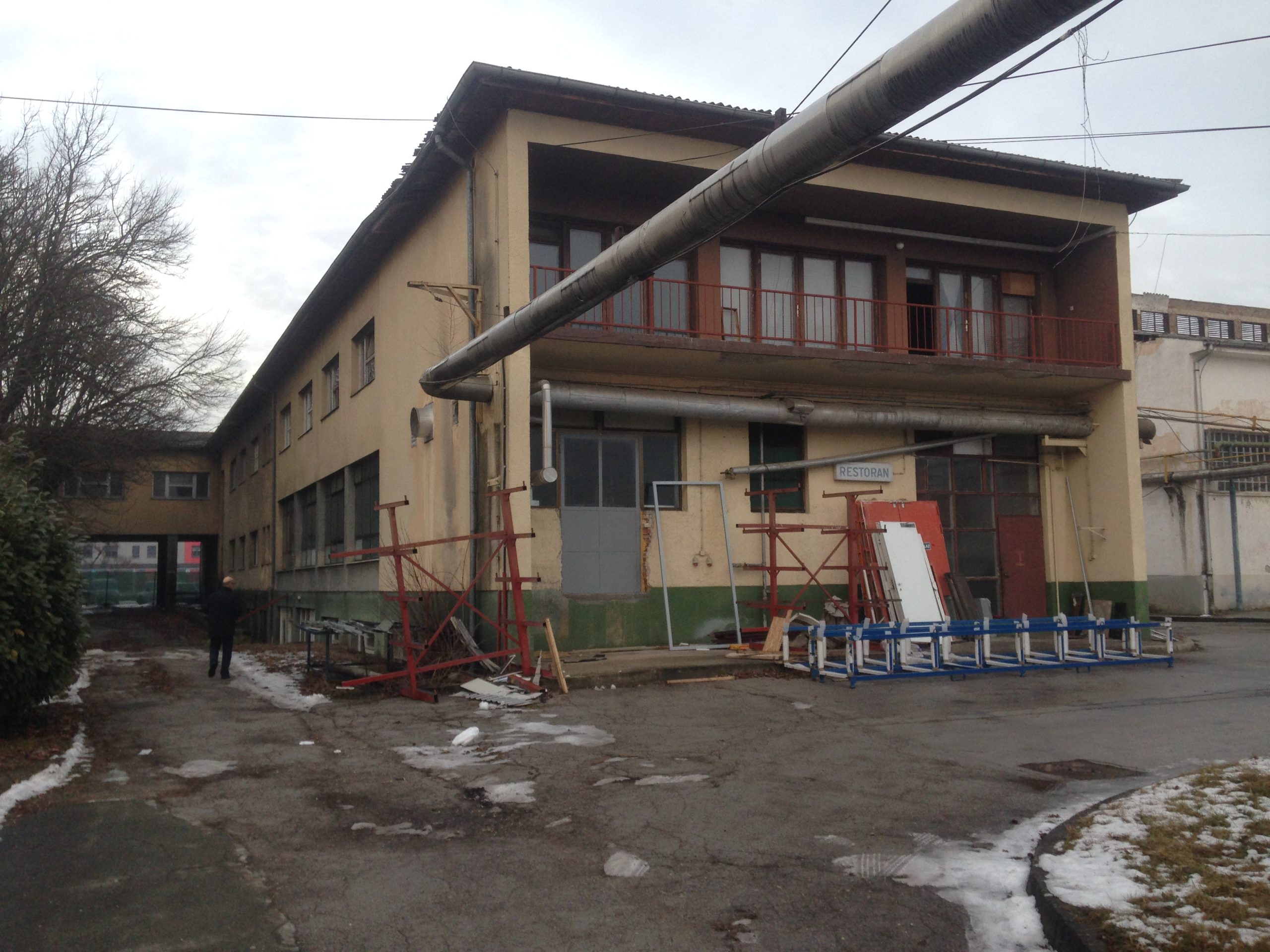
- Vocational training
Regarding CENTRINNO vocational training, Pilot Zagreb offers two types of education. One is related to digital fabrication skills, as some of the skills of 21st century, since digital fabrication is listed as Industry 4.0. Another is design thinking which is more focused on building new ideas and products, but also on how to merge or upgrade traditional skills and crafts to another level. This approach contributes to resilience of professionals in the future, who are aware of the context and of the unpredictable changes.
- Social inclusion
The whole concept of Pilot Zagreb is based on local community engagement. Therefore, the mindset of the future community center is thought to be an innovative space which is inclusive, open to everyone, accessible and with powerful community engagement in the co-creation of, not only activities but also being the center itself. Therefore, the management of the future hub should be sensitive for making and sharing culture, and promote such activities in the future together with citizens.
- Innovative space – FabCity Hub_S
The former HQ building is developed to become a new community center with main function in the form of a Fab City Hub, Hub_S. Consisting of three main parts: the first is a makerspace as an idea factory, opened to everyone to be inspired by new digital fabrication technology, and other STeAM TOOLS, to engage citizens and build creative community. The second part is Fablab as a prototyping lab, with more serious machines for which access to some level of security and education is needed. The third part consists of coworking spaces including common services.
Due to challenges with the Master Plan of Sesvete, some activities were done to enable temporary solutions in the form of distributed hub. These temporary solutions include more actors to become part of the distributed hub, such as schools for engaging young people, open university and vocational schools, more focused on education, some recycling actors focused on promoting circularity and some startups to support and promote innovative ideas.
As an alternative temporary space for the Hub, smaller spaces opposite to the future Fab City Hub are organized as Mini Hub_S, where local NGO Green & Blue Sesvete started with the HUB_S activities on a smaller scale.
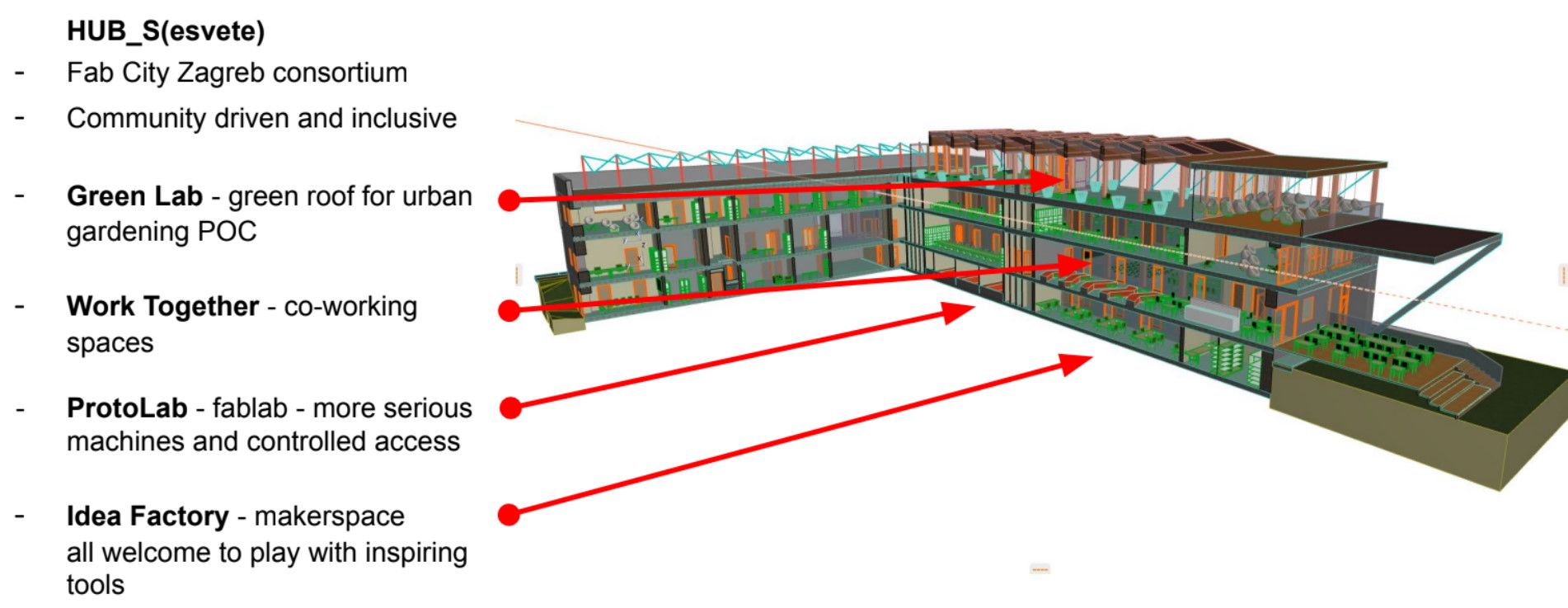
Pilot Zagreb – what’s next?
Although we are still undergoing activities as part of Sprint 2 with some little delays – due mainly to school’s summer break- we are looking forward for the next phase. The second half of the CENTRINNO project for Zagreb Pilot is oriented to further development of ideas, but also to disseminate and share processes done in Zagreb Pilot to other cities in Croatia as well as in the region. Sprint 3 therefore would be oriented towards decision makers and other actors in Zagreb and in other cities, finishing with the final conference in Zagreb.



